Island Hopping in Hiroshima
Hearing the name Hiroshima, often the first thing that comes to mind is the Peace Memorial Park. But, in fact, the region has so much more to offer. Hiroshima Prefecture stretches across coastlines, islands and charming towns, each with their own distinct character. In my four-day trip, I explored Takehara, Okunoshima, Etajima and Saijo to get a taste of what makes the area so special.
This time, I traveled in and out of Hiroshima via Hiroshima Airport to make things easier. It takes just 1.5 hours from Haneda Airport in Tokyo, and is connected with many other airports both in Japan and abroad, which made it easier for my onward travels afterwards. I used public transportation to explore the region this time, but if you're more into driving, there are plenty of car rental options at the airport, too.
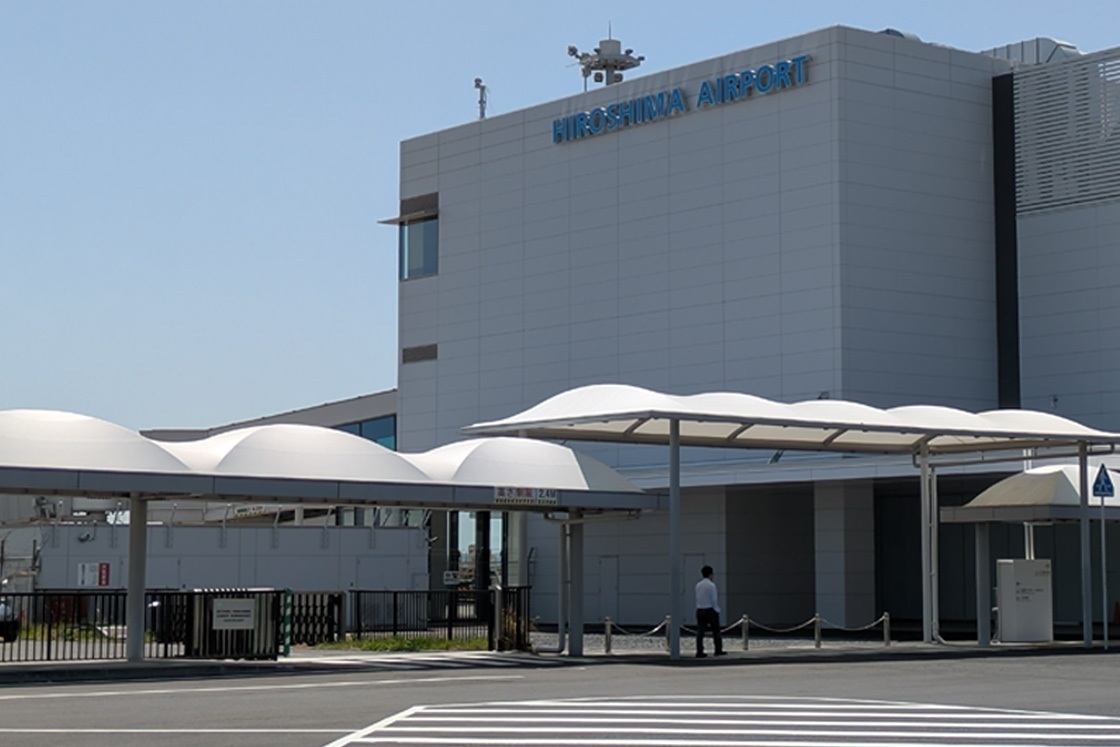
Day 1: A Trip Back in Time to Takehara
My first stop on the trip was Takehara, a coastal town characterized by its preserved streets and traditional merchant houses that offer a glimpse into its prosperous past.
The town is sometimes called "Little Kyoto," a nickname that comes from the area's role as an estate of Kyoto's Shimogamo Shrine. But it really made a name for itself in the Edo Period (1603-1868), through its salt and sake production. It was through both that some of its residents gained enough wealth for more ornate homes, many of which still stand to this day.
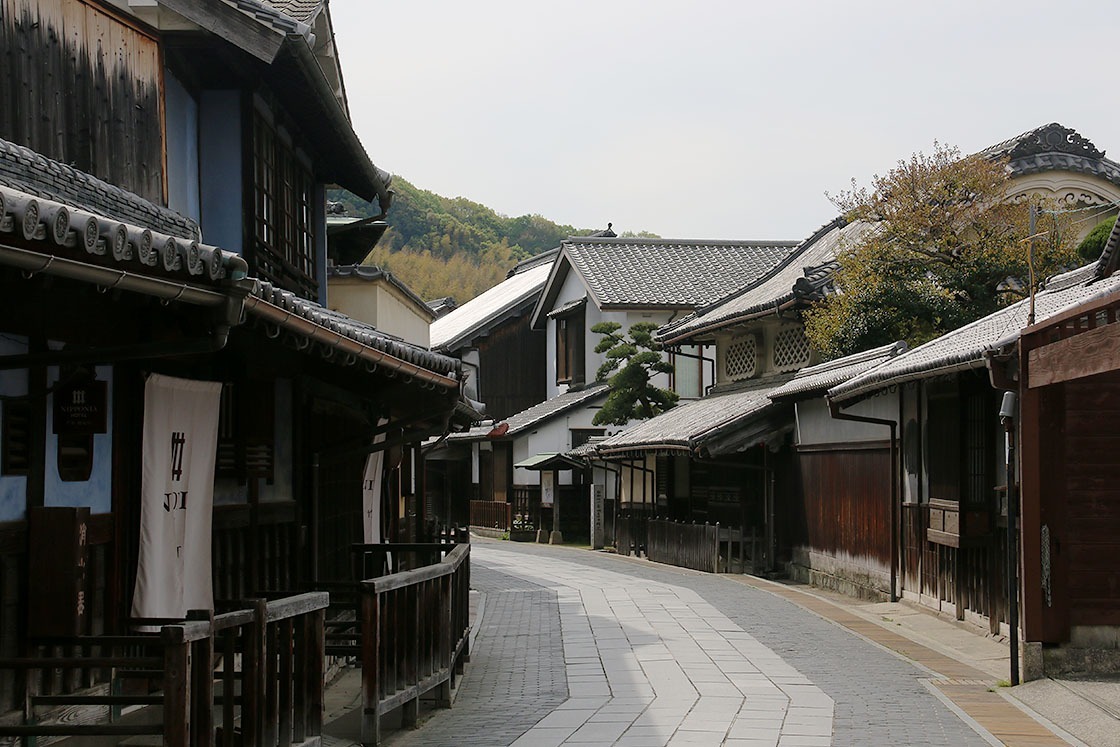
Before exploring, I stopped at Ippuku to try Kawara Soba - green tea soba noodles served sizzling on a roof tile. At Ippuku, their specialty is that they arrange the noodles into a demon face!
Energized by the quirky dish, I walked over to Machinami Take Kobo to try bamboo basket weaving. Despite the name "Takehara" meaning "bamboo plain," bamboo crafts are relatively new to the area, with just 40 years of history behind them. During my visit, many of the local residents were even setting up for the upcoming annual Bamboo Festival, now in its 34th year.
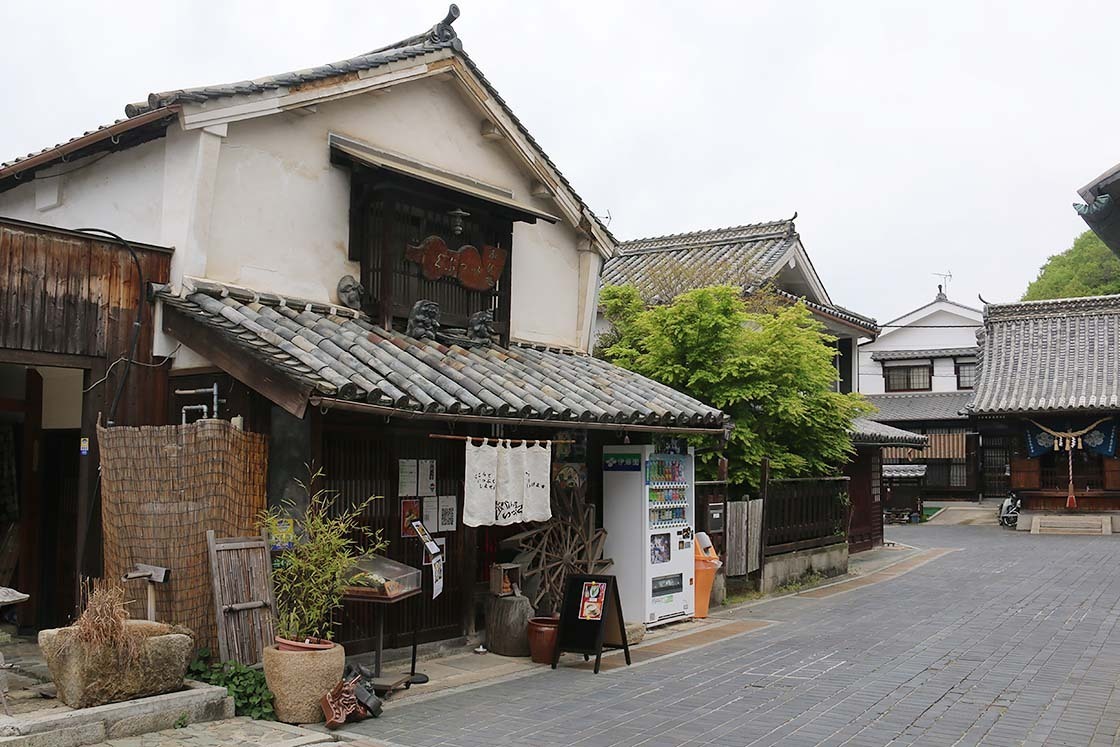
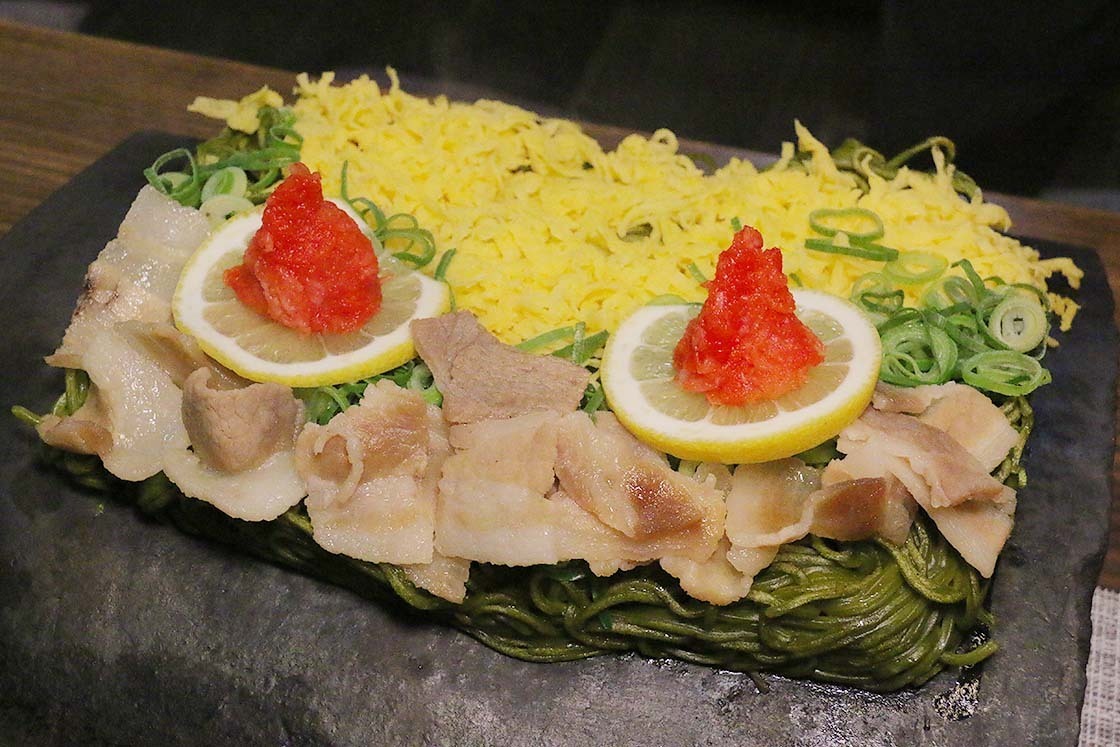
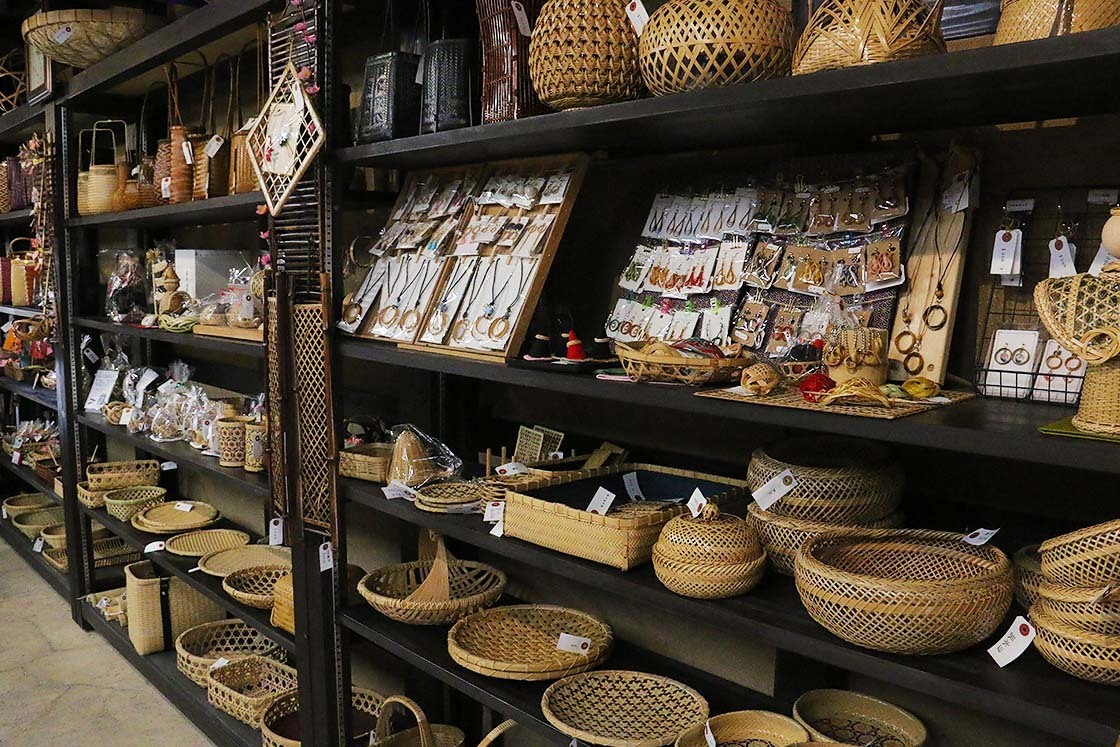
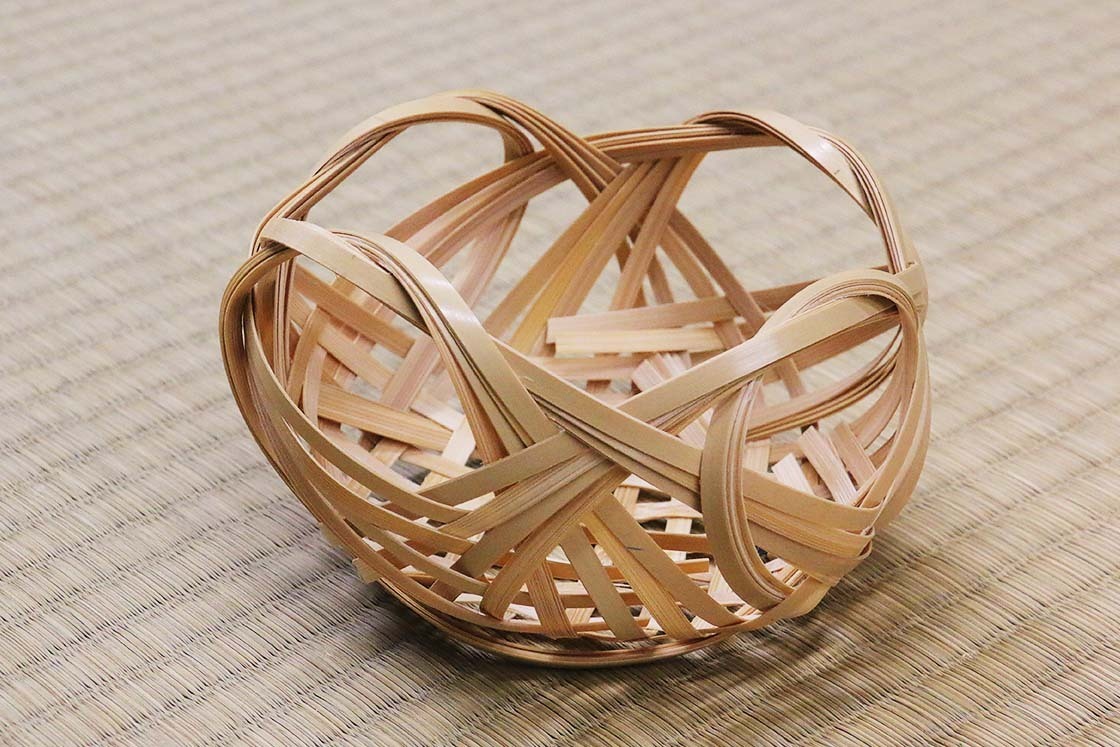
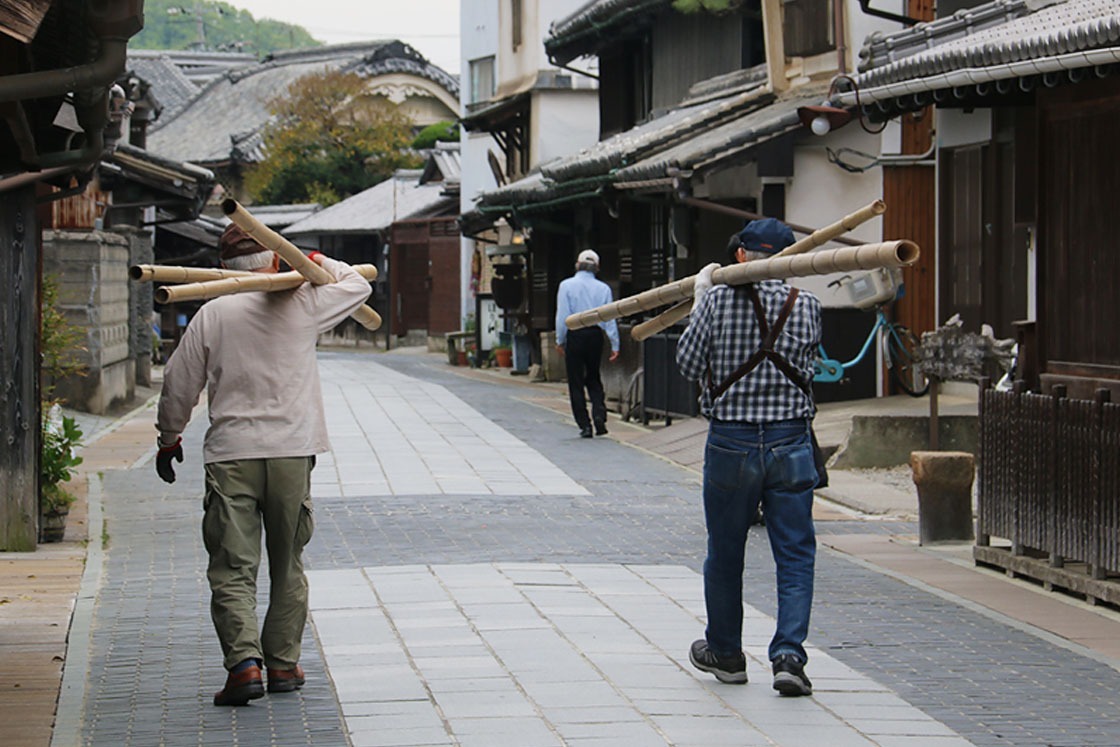
Before heading to my accommodation I also stopped by Saihoji Temple, with a history dating back to 1702. But it also offers a beautiful view of the town down below, cushioned by the mountains in the distance.
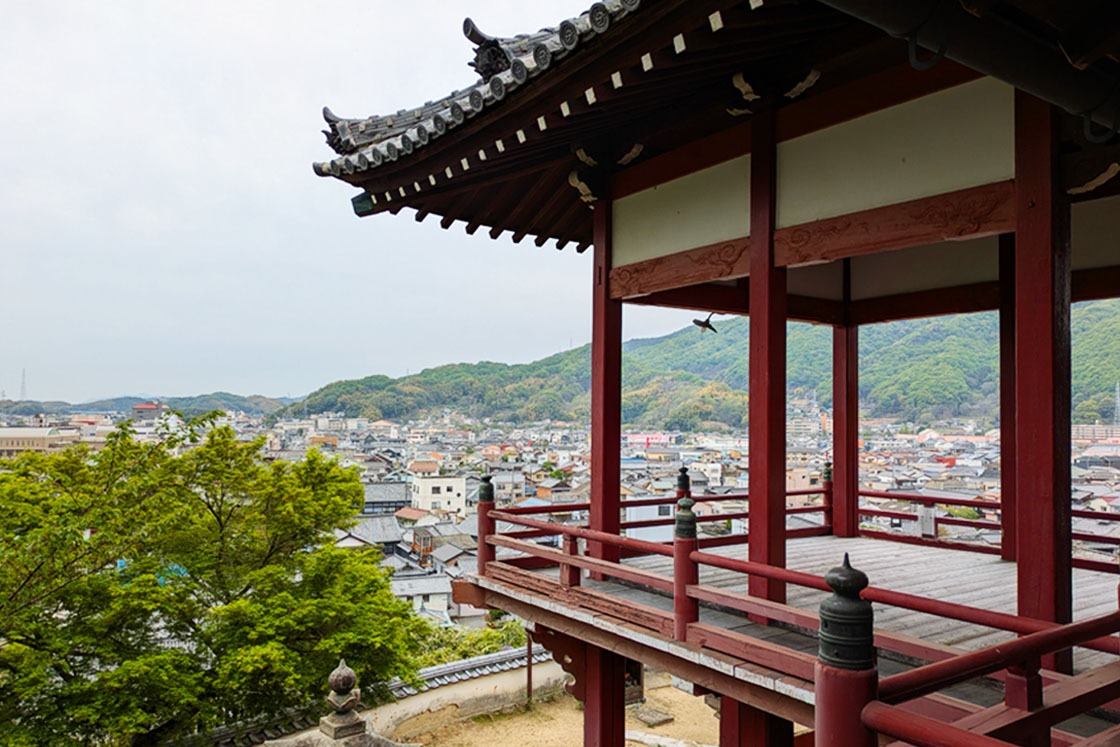
Especially after traveling and walking around all day, I was quite excited to head to my accommodation for the evening at the NIPPONIA HOTEL Takehara Saltworks Town, a luxury hotel that took multiple historic buildings, preserved from the Meiji period (1868-1912) and the Taisho period (1912-1926), and renovated them with modern comforts while keeping their character. The NIPPONIA HOTEL Takehara Saltworks Town is not like a regular hotel, housed in a single building, but instead is a collection of small buildings, with one being a reception and lounge space where you are given directions to your accommodation. My room was housed in a former traditional bank, with a large entranceway and wooden rafters, complete with a tatami room, a bedroom, a luxurious bathroom, and even a small Japanese garden.

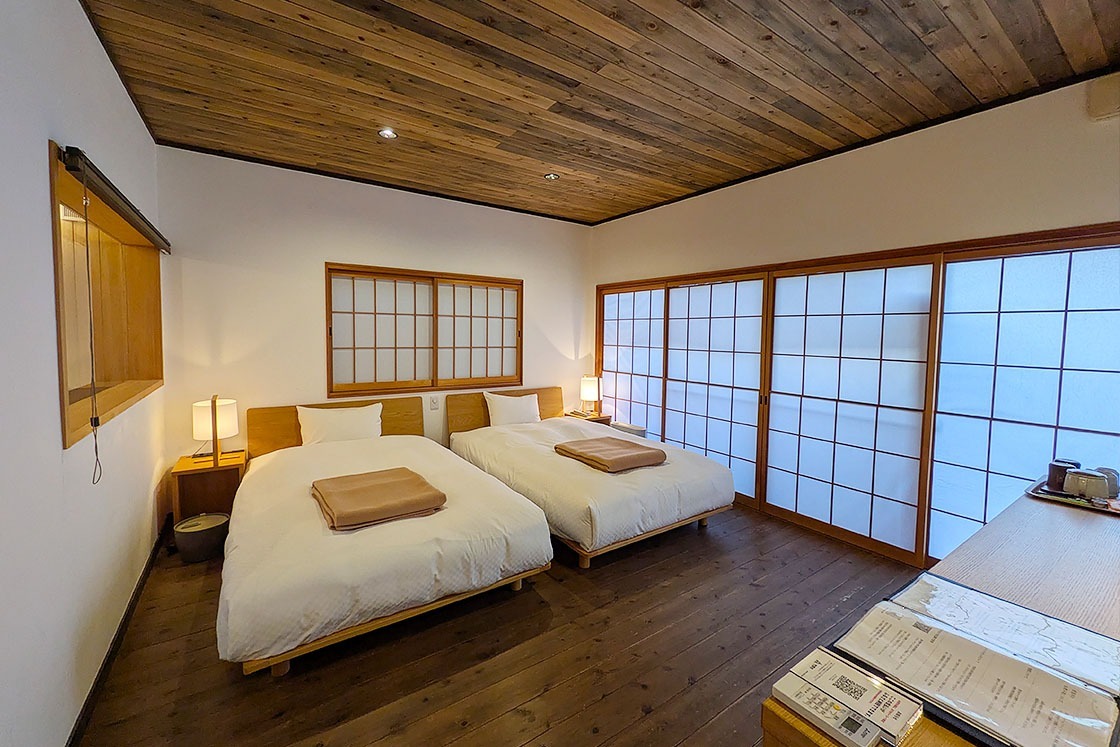
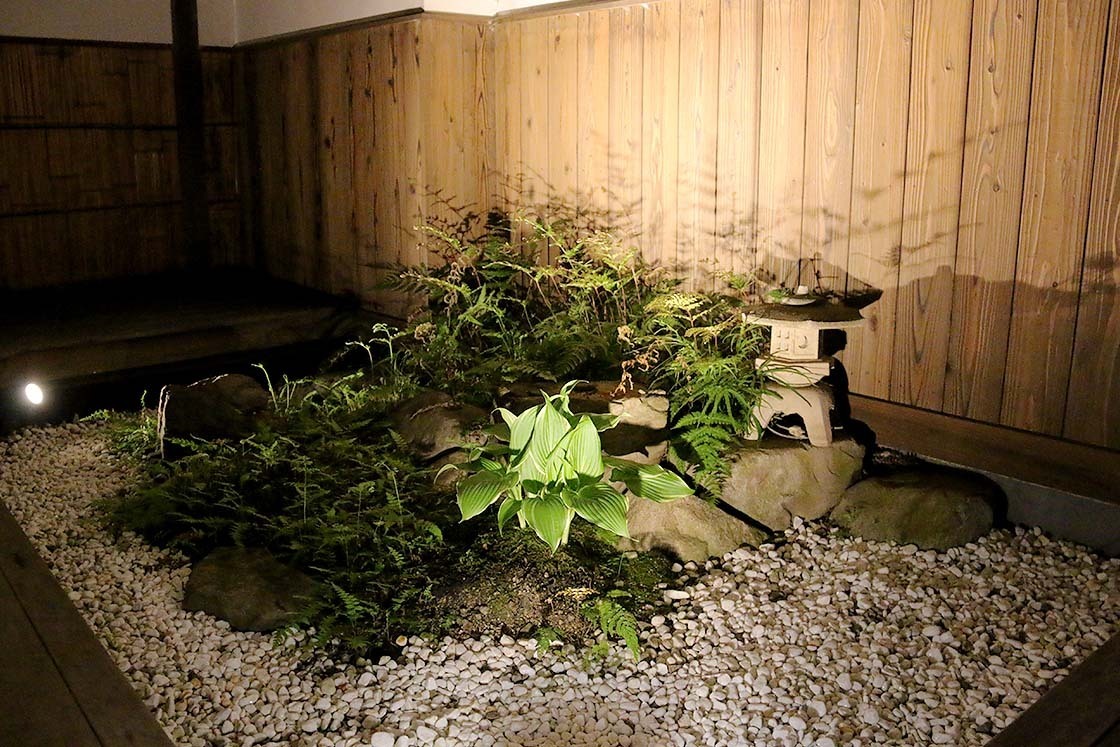
Just opposite was the dining building, LE UN, making use of a former traditional restaurant to serve up modern French cuisine for dinner using Japanese ingredients. Each dish contains locally sourced ingredients from Takehara and the wider Setouchi region, like the main dish which was a local Taoshita Wagyu with a red wine sauce. I happily accompanied my meal with a sake tasting flight, with drinks from the Hiroshima breweries of Nakao Sake Brewery, Taketsuru Shuzo, and Fujii Shuzo.
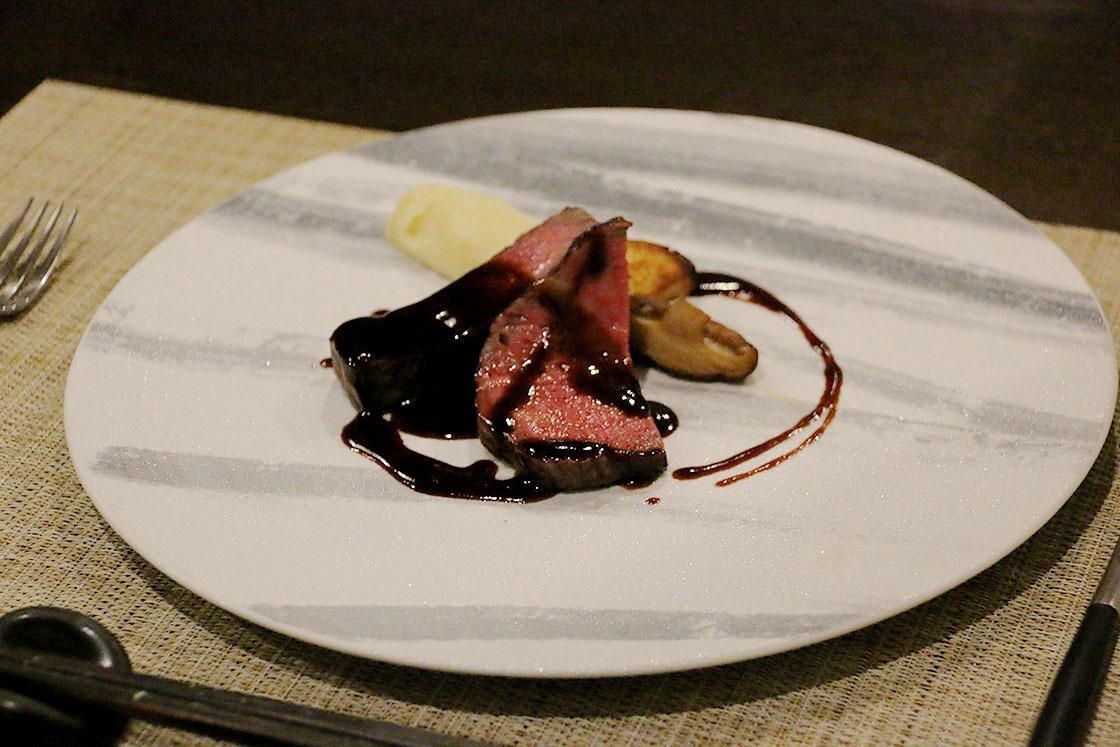
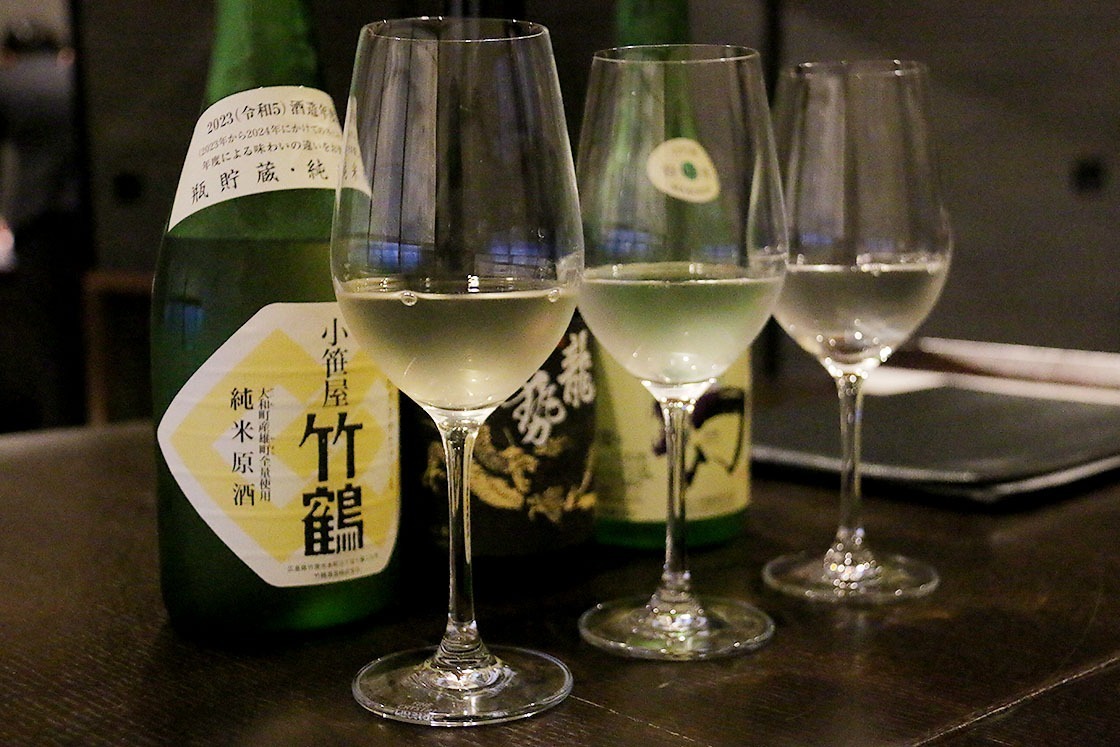
Day 2: Rabbits and Ruins on Okunoshima
The next morning, I took the train to Tadanoumi and then the ferry to Okunoshima, otherwise known as Rabbit Island.
The island is filled with friendly fluffy bunnies that will come up to you as you walk around the island, wondering if you have any snacks to give them. While there is nowhere to buy rabbit food on the island, you can buy some before boarding the ferry at Tadanoumi Port.
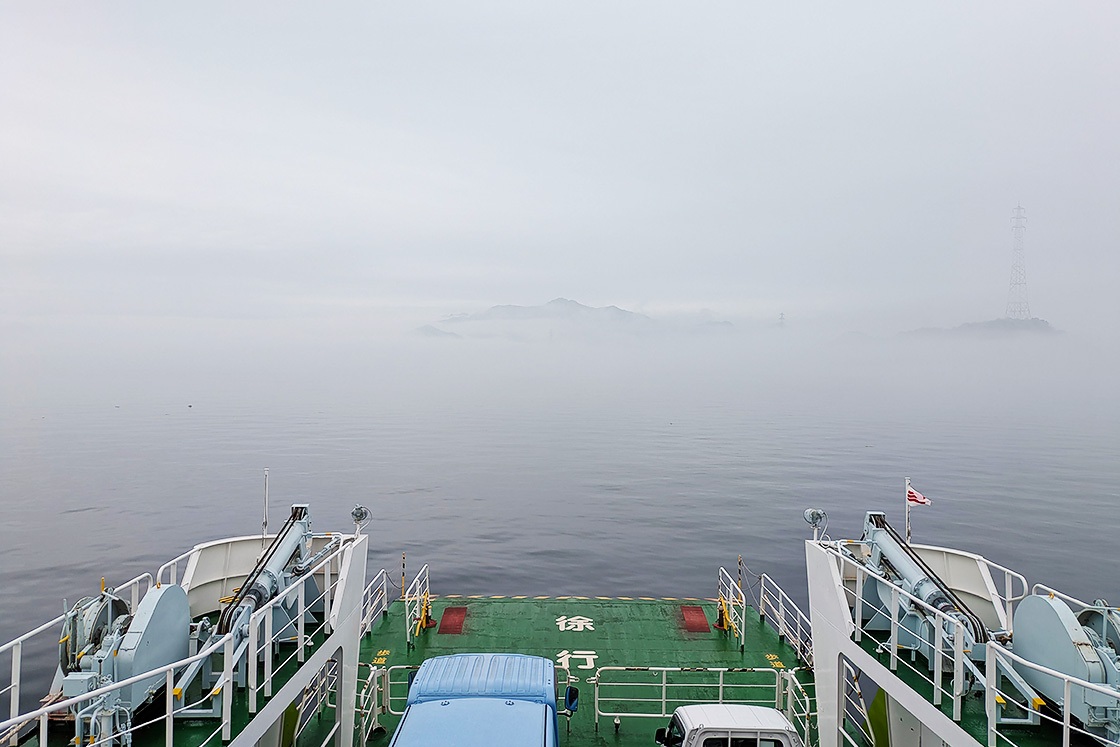
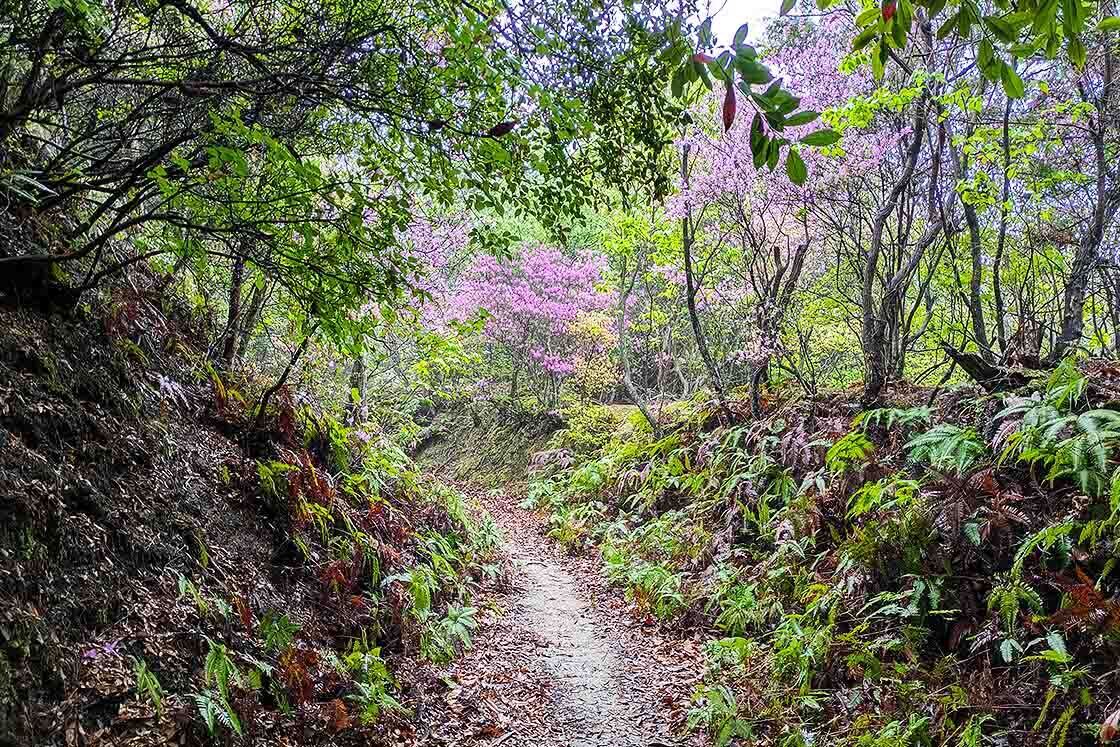
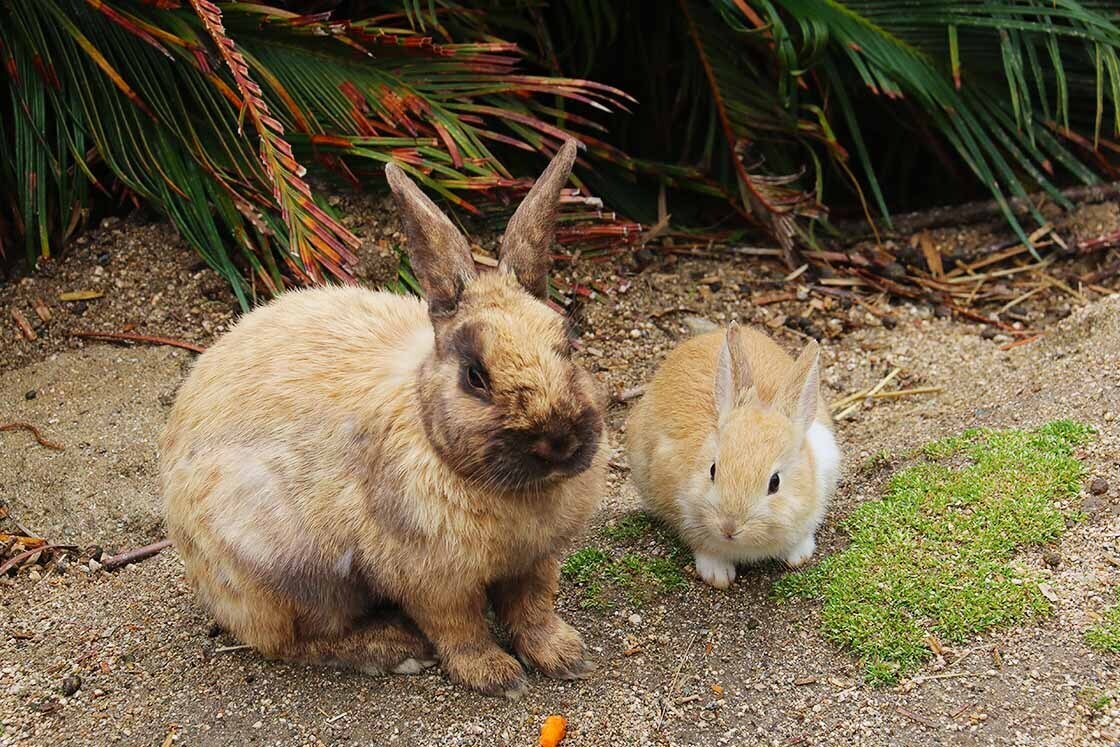
If you choose to feed them, make sure not to touch the rabbits, and only feed them by placing the food on the ground, and removing any leftovers. Generally speaking, you can let the rabbits approach you, but do not touch or hold them, or interact with them on the roads. This is all for their safety.
Even without touching the rabbits, I felt so happy walking around this island full of them, and could the endorphins rushing through me every time one bounded up to me or inspected my camera.
I grabbed lunch at the only restaurant on the island, housed inside a hotel. It was a simple lunch of fried oysters, and I had a lovely view of the palm trees swaying in the breeze, with the occasional rabbit hopping by.
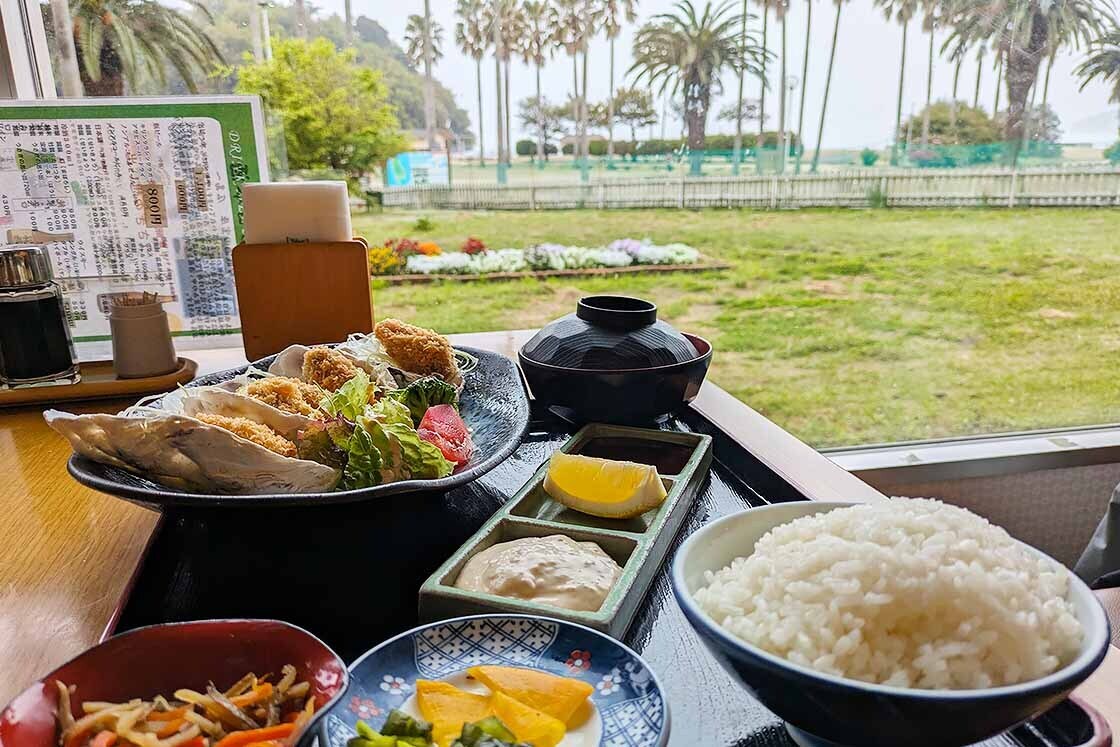
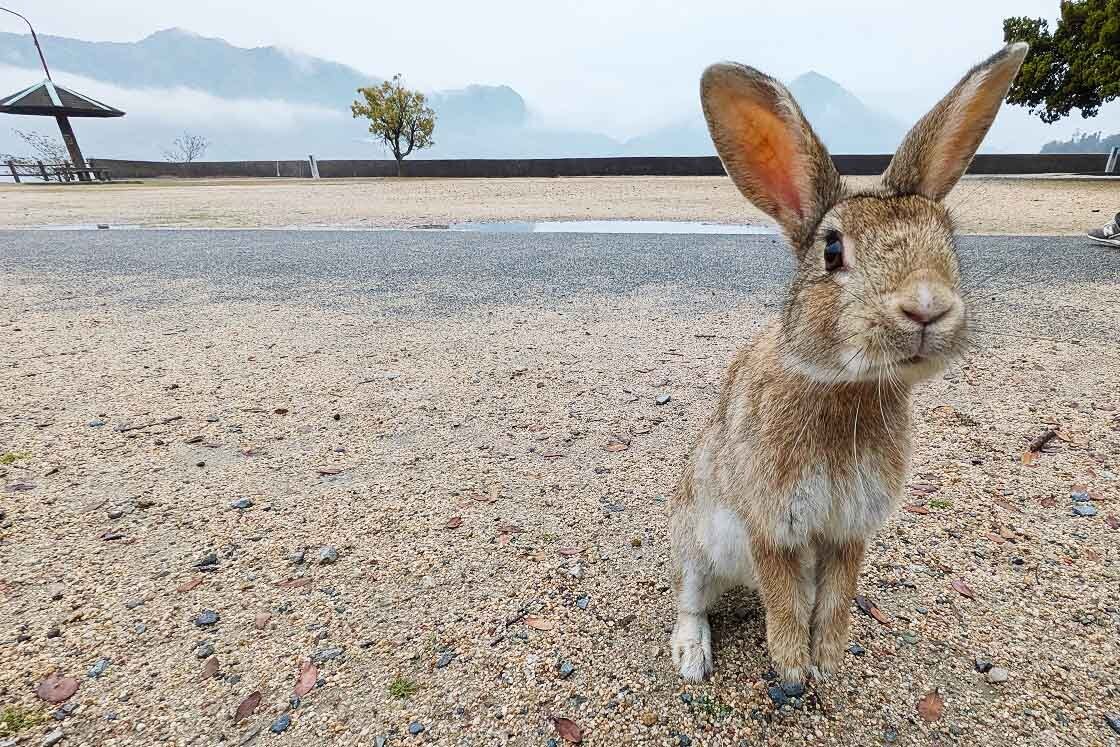
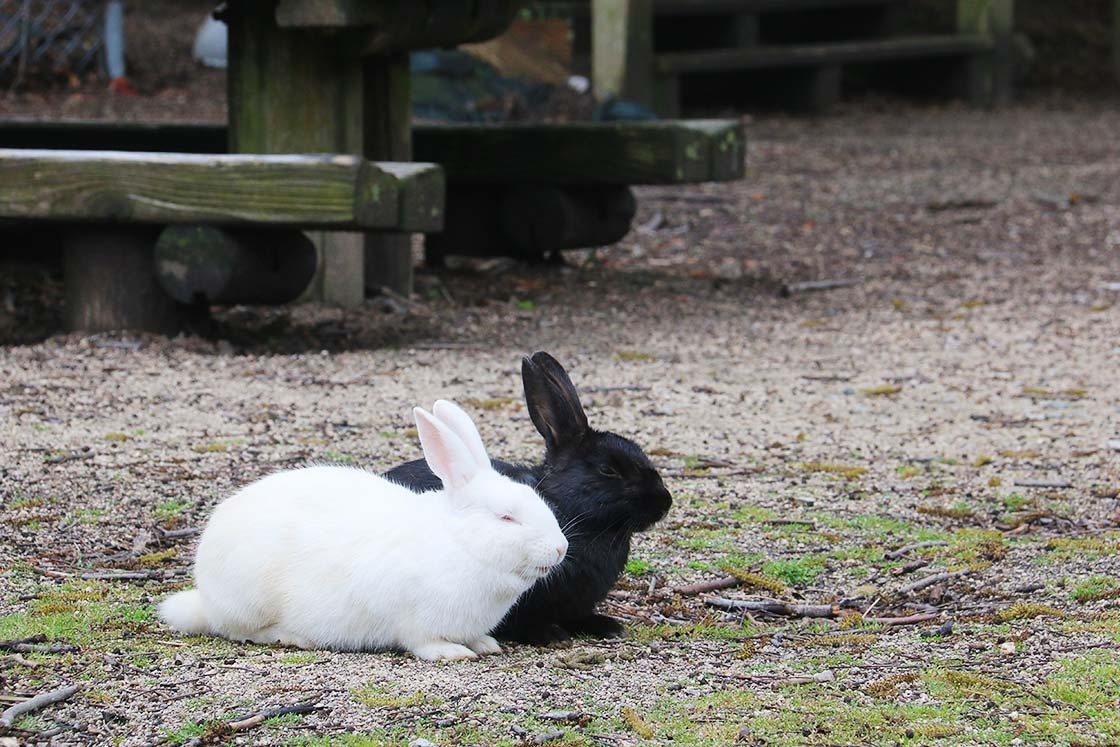
But the island wasn't always a beacon of fluffy cuteness, and in fact has a dark past. During World War II, Okunoshima was the site of a chemical weapons plant, and was erased from maps to hide its existence.
Later on, in 1988, the Poison Gas Museum was opened with the aim to inform people of the very real tragedies it can cause, so that history may not repeat itself.
Although there are a few theories as to how the rabbits ended up on the island, you'll be pleased to know that the rumour that the rabbits were experimented on in the poison gas plant is incorrect, and it seems likely that they were released by a resident and bred like... well, rabbits.
From the island, I got the ferry and the train over to central Hiroshima, which I used as the base for the rest of my trip.
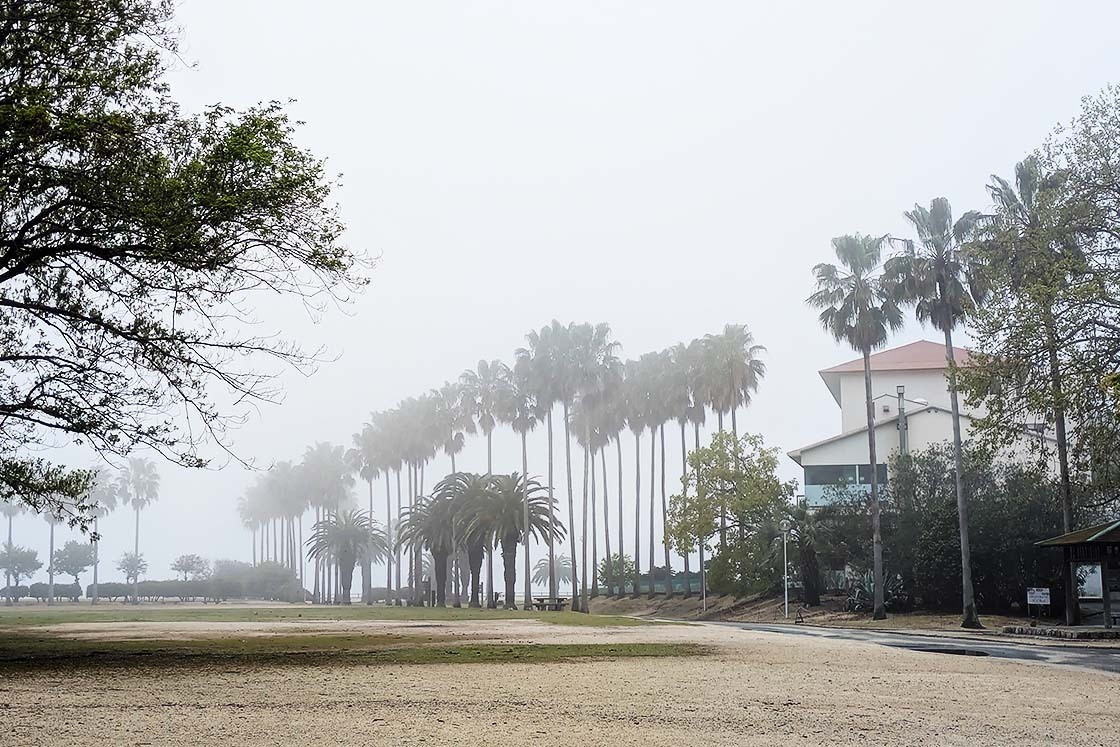
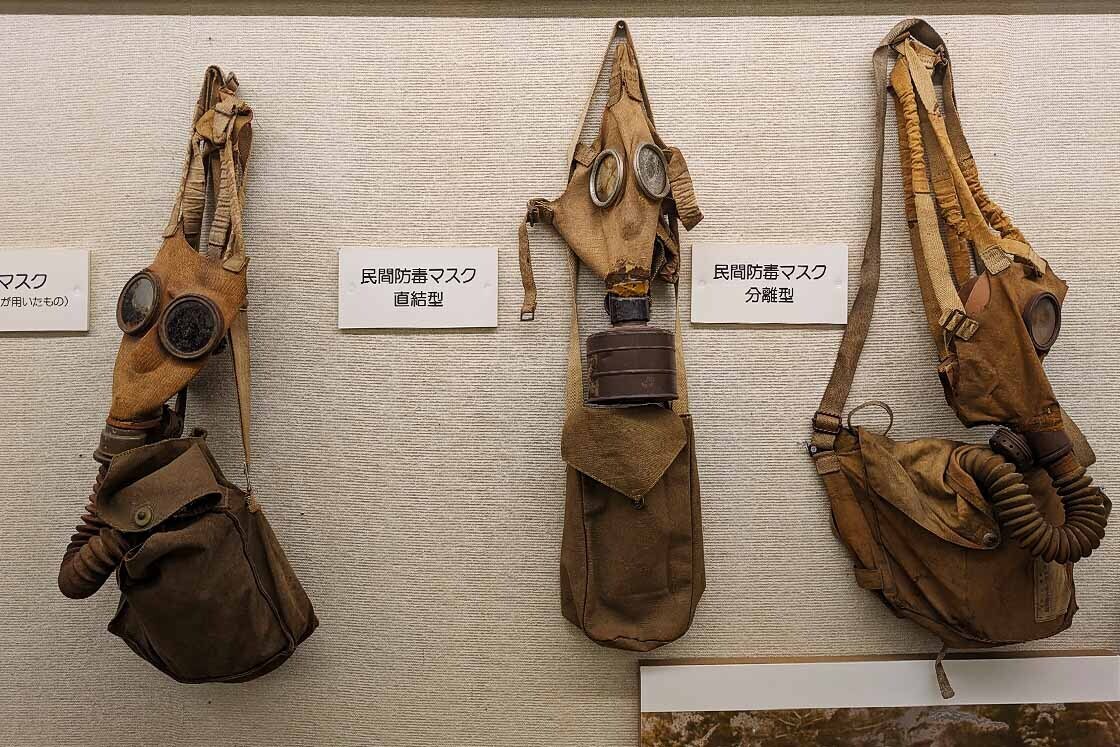
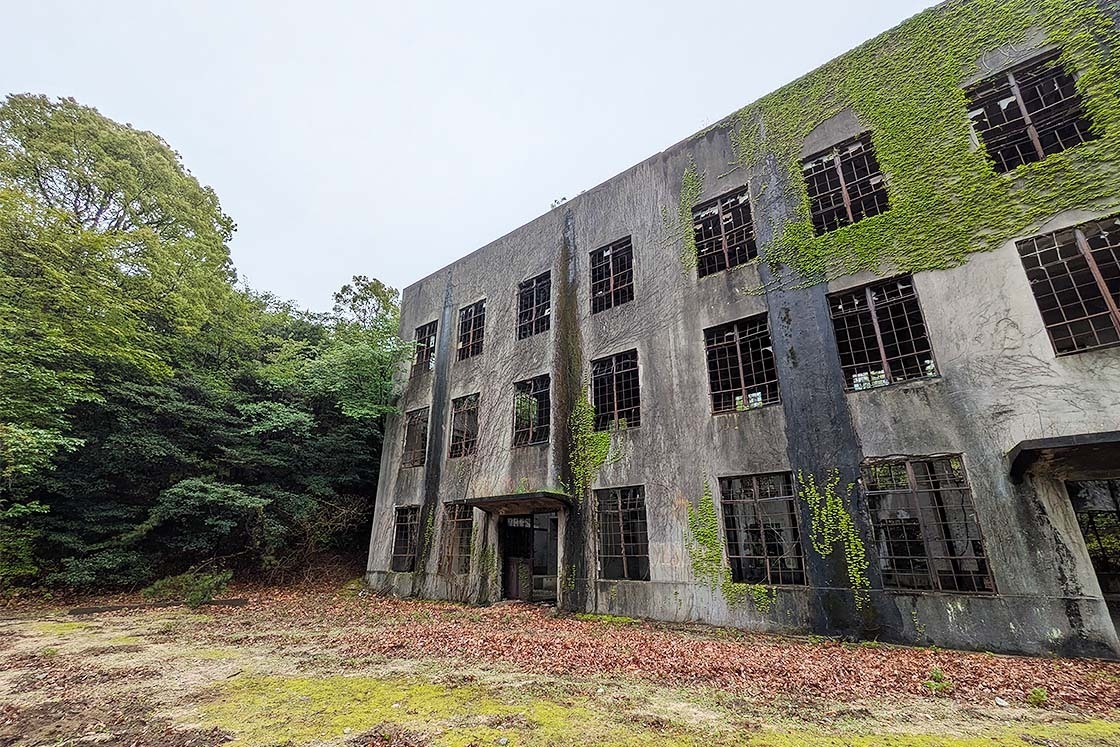
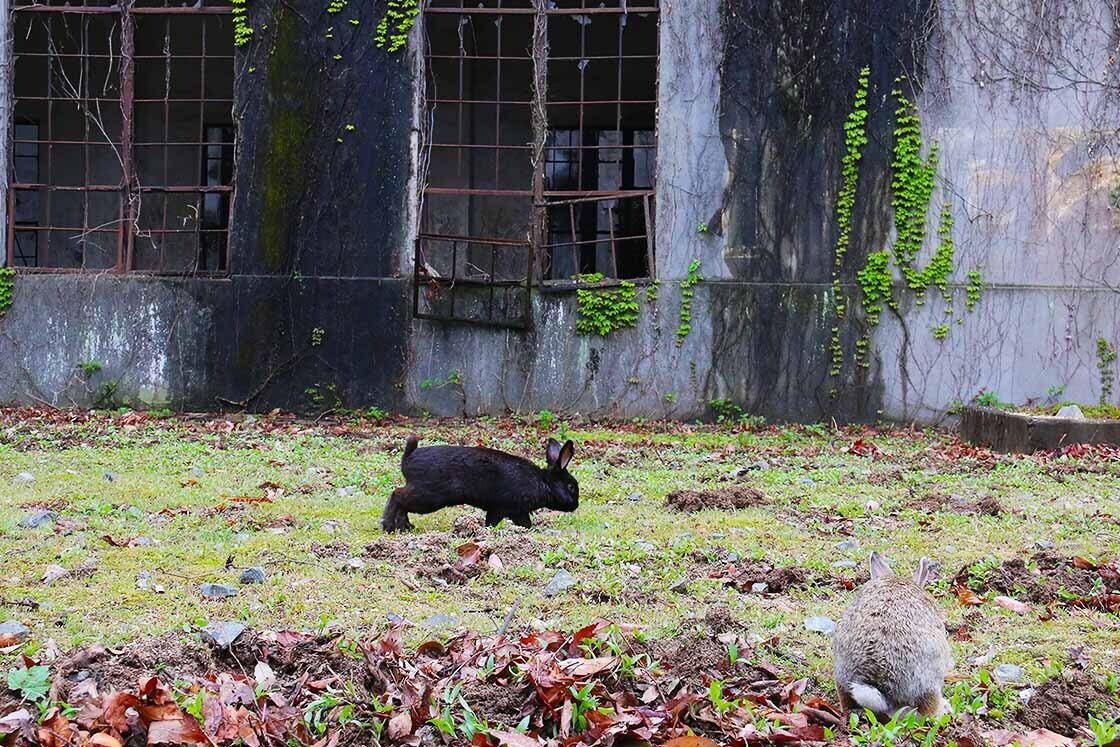
Day 3: Cycling the Coast of Etajima
On my third day, I took the tram to Hiroshima Port, then a ferry to Mitaka Port on Etajima, where I picked up my reserved cross bike at Mitaka Gate House. I was excited to be met with clear blue skies and warm weather, perfect for an island cycle.
Thanks to its mild climate, calm blue seas, and olive production, the island is known for its Mediterranean atmosphere, but dotted throughout the island are also former navy sites, from its time housing Japan's Naval Academy. However, those spots require a more intense, hilly cycle than the route I went for this time!
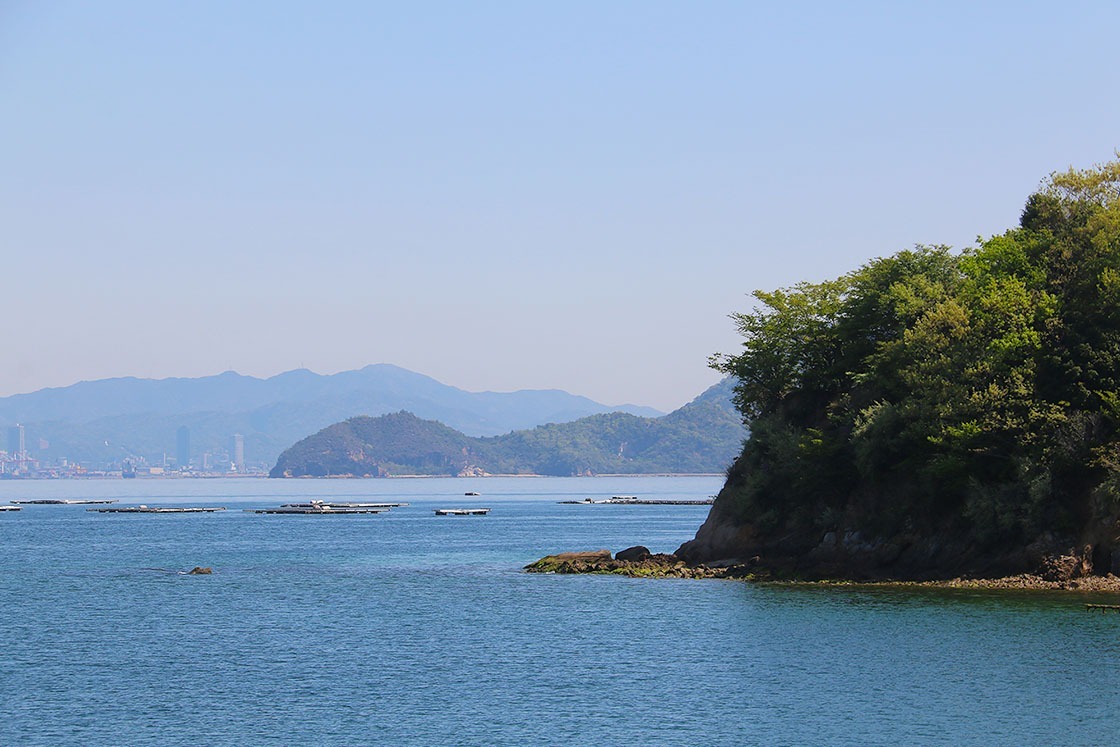
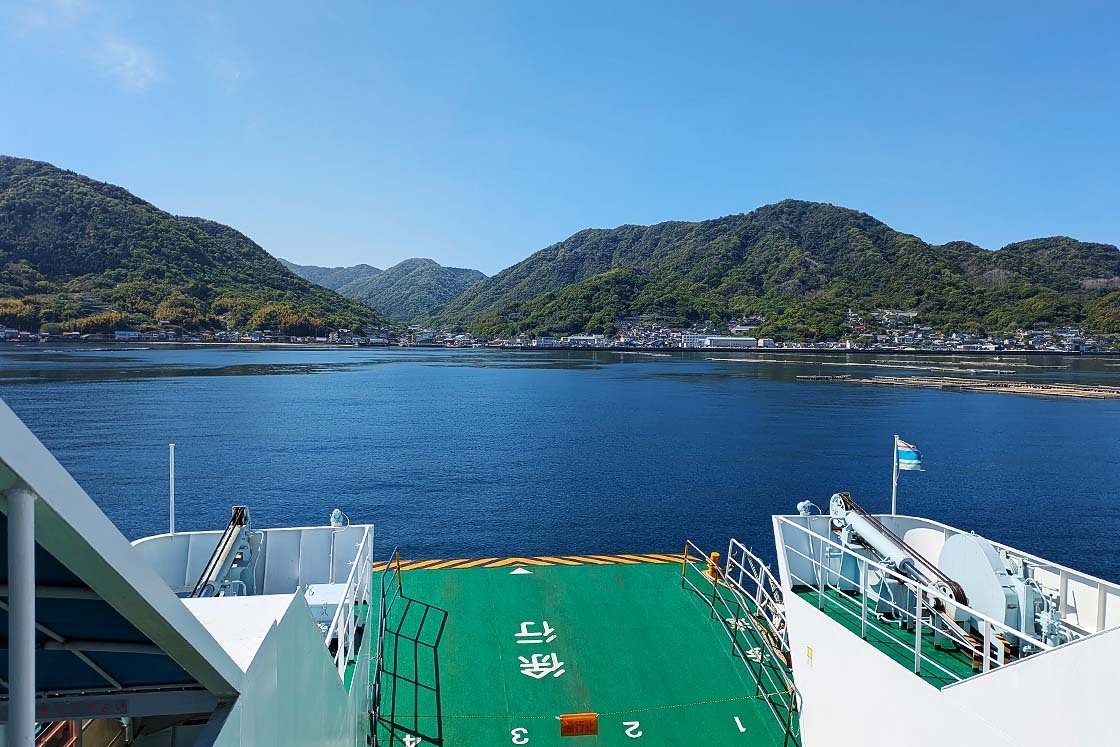
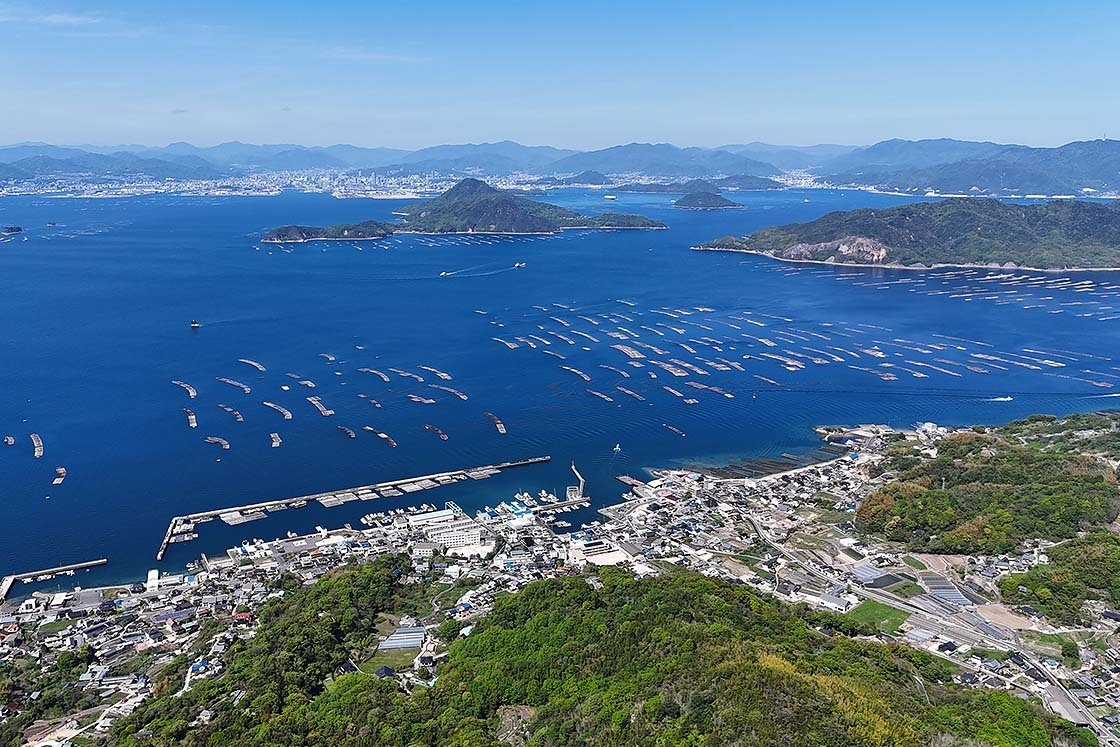
Instead, I enjoyed the relaxed ride and stopped at Iruka Beach. It was completely empty, allowing for some me time to walk in the sand and take in the sound of the waves. Beside the beach was a small hotel and dog cafe, which could make for a nice break, but I had other plans for my refreshments.
I rode on to Olive & Lime, a cafe where they grow both themselves.
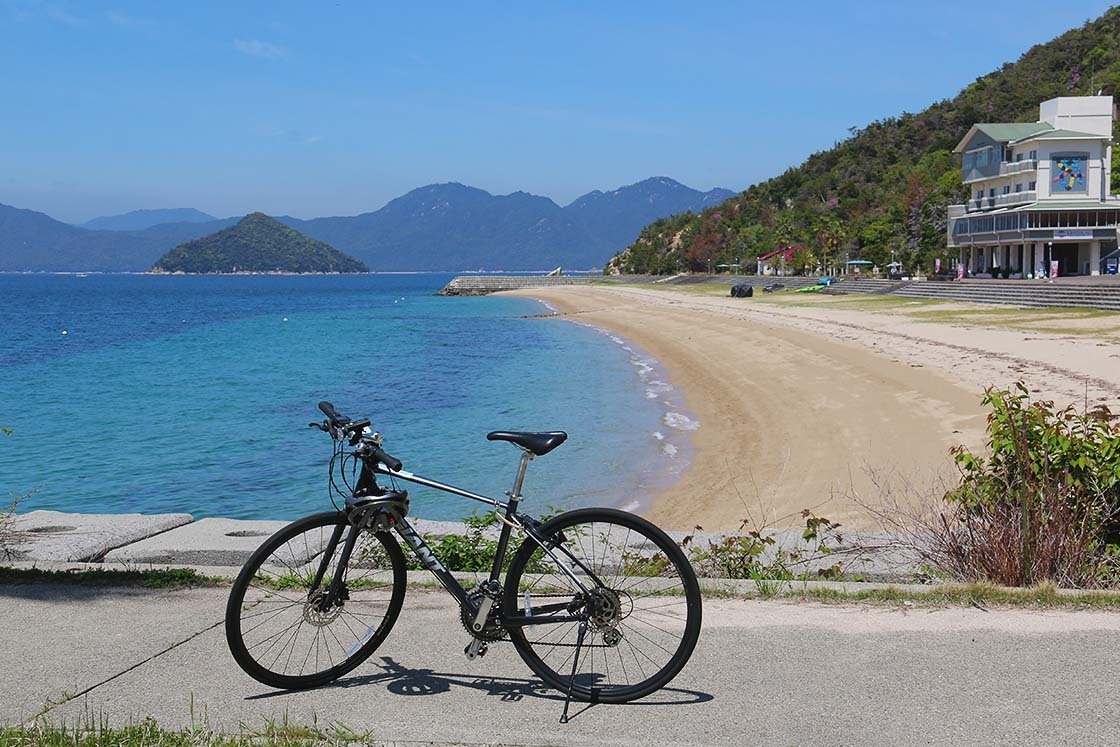
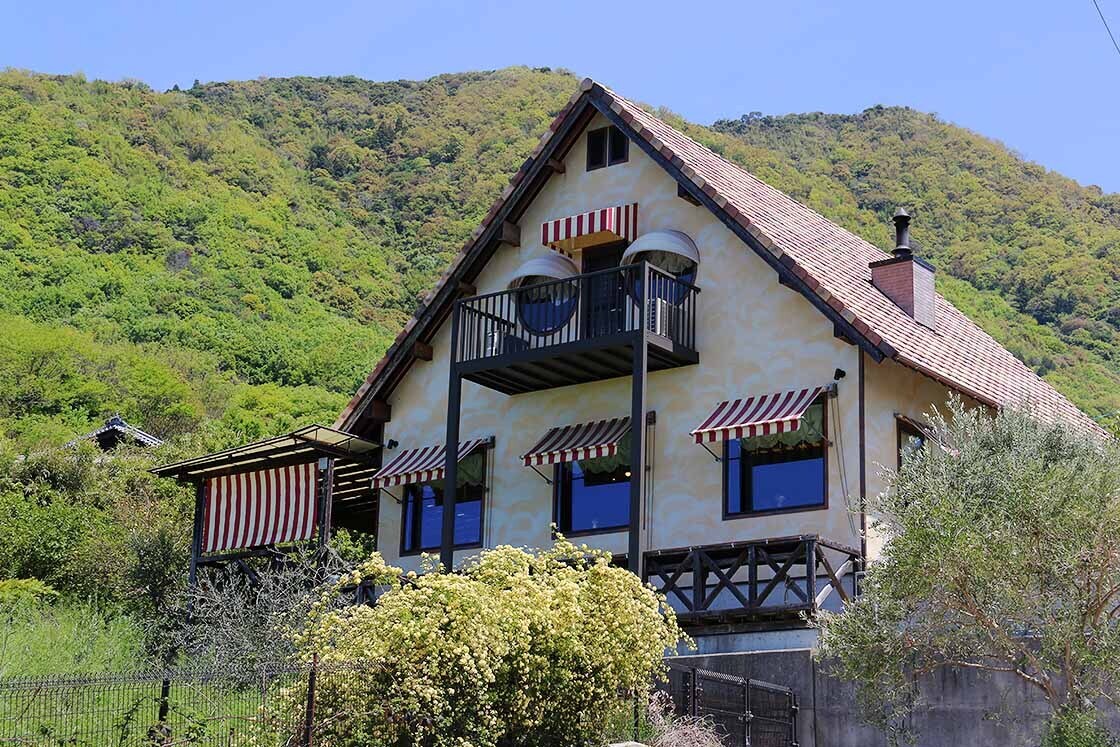
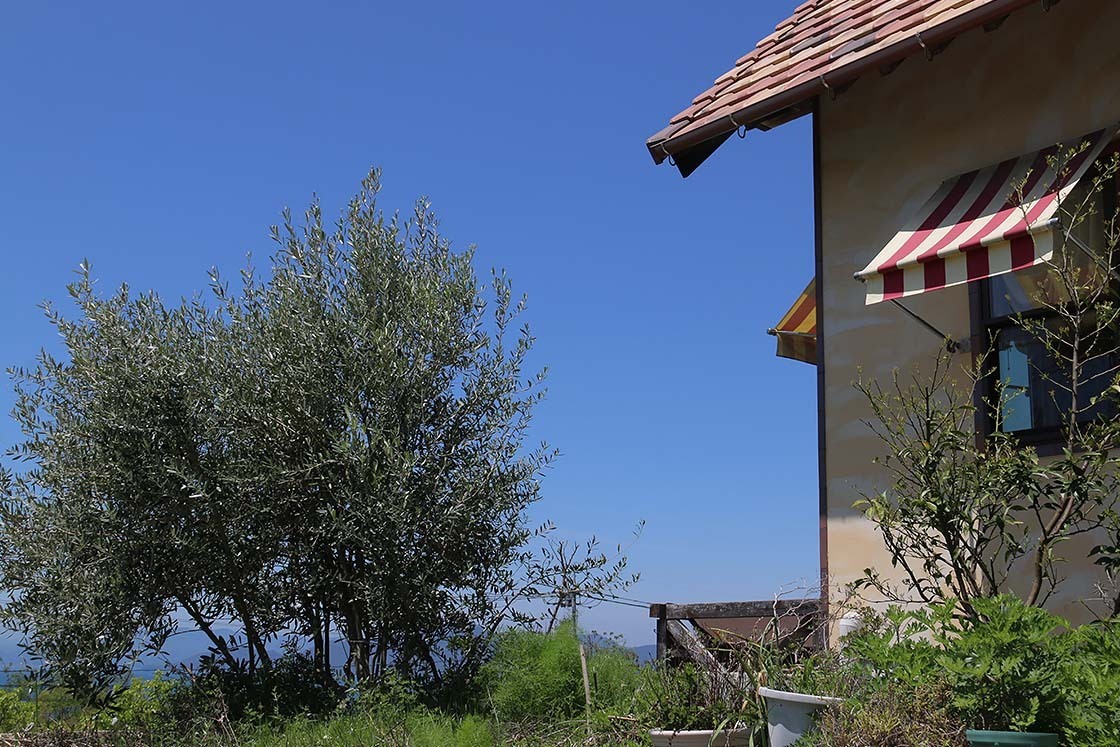
They primarily use the olives in their homemade olive oil, so I had a large, fresh salad to try it out, along with a Japanese style cheese-topped risotto and an iced lime and olive leaf tea. Everything was so tasty, filling, and energizing, and looking around at the grand piano and various instruments, I wish I could have stayed to see the place on a lively musical evening, too.
My ride was a simple one, with just two stops in total, but in combination with the tiring cycling in the sun, it felt just right. I cycled back to return my bike, and felt myself nodding off on the ferry ride back to Hiroshima.
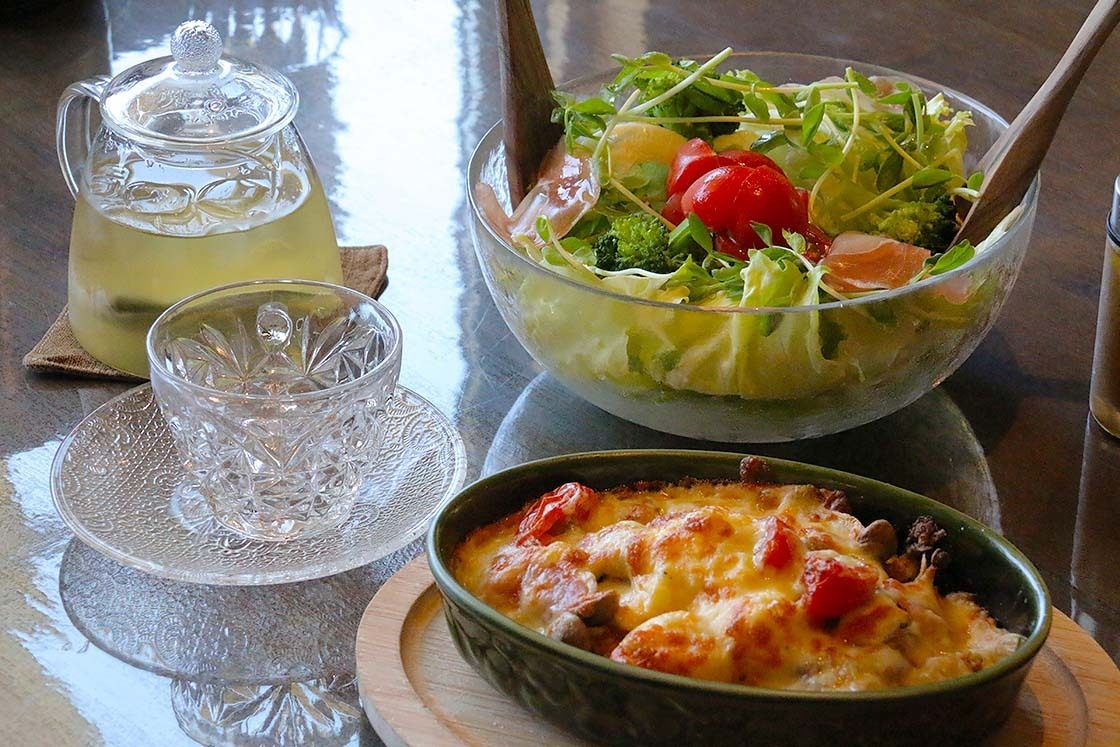
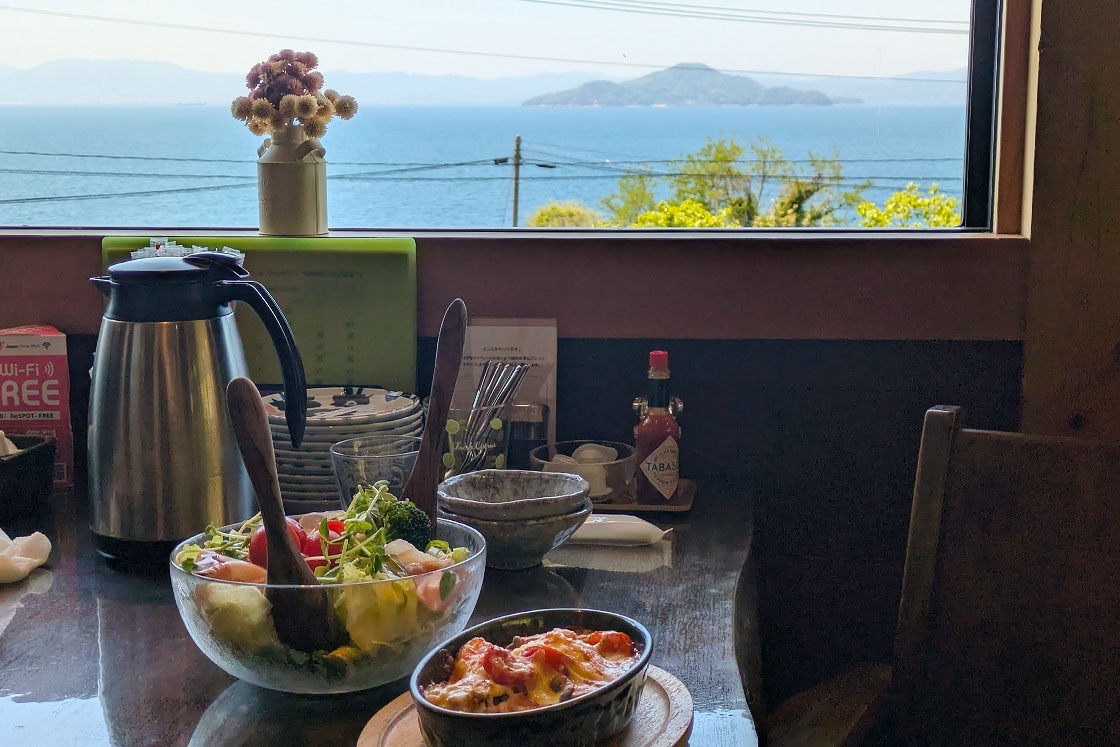
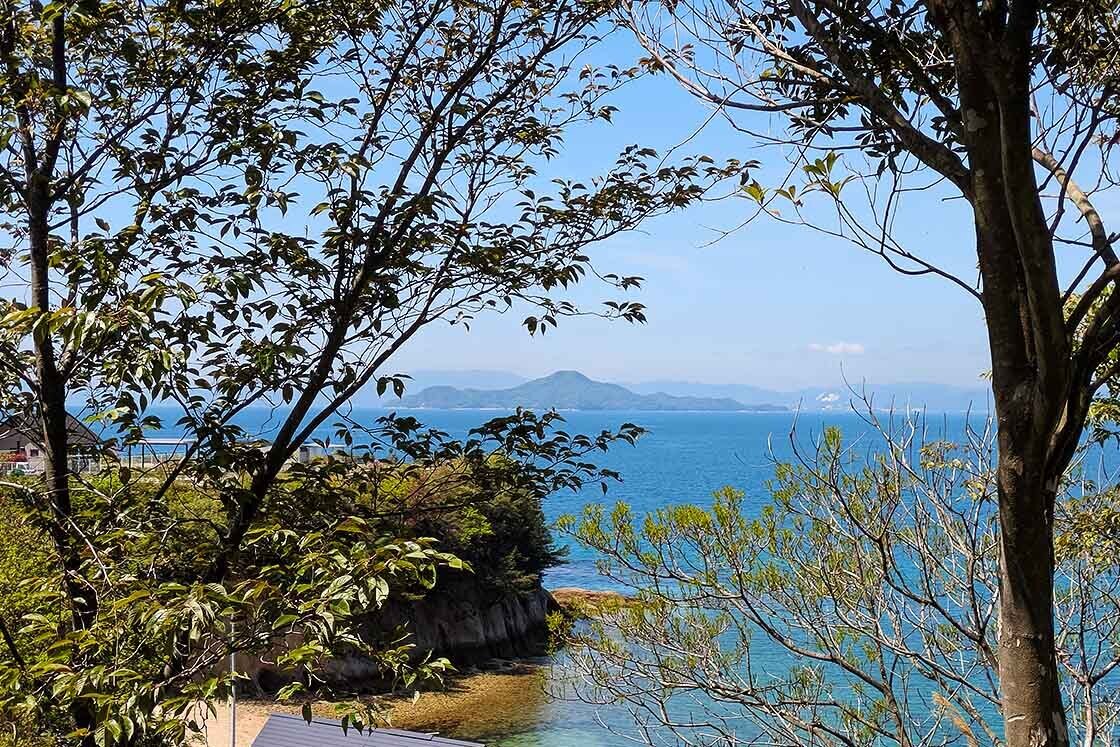
Day 4: Sake in Saijo
My final day brought me to the historic sake district of Saijo. In the Edo Period (1603-1868), Saijo made a name for itself as an inn town and sake production area on the old Saigoku Kaido Road. A bit later on, in the 17th and 18th centuries, more breweries started popping up in the same style as those of the Edo Period - characteristic buildings with white walls and red tiled roofs.
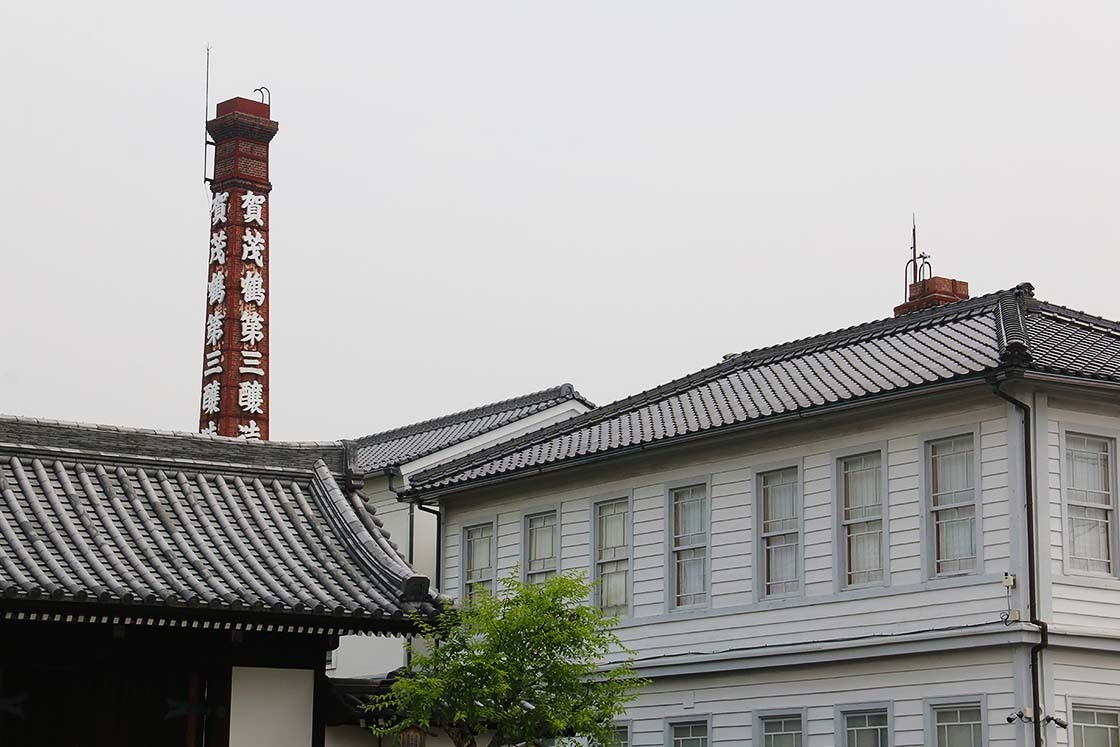
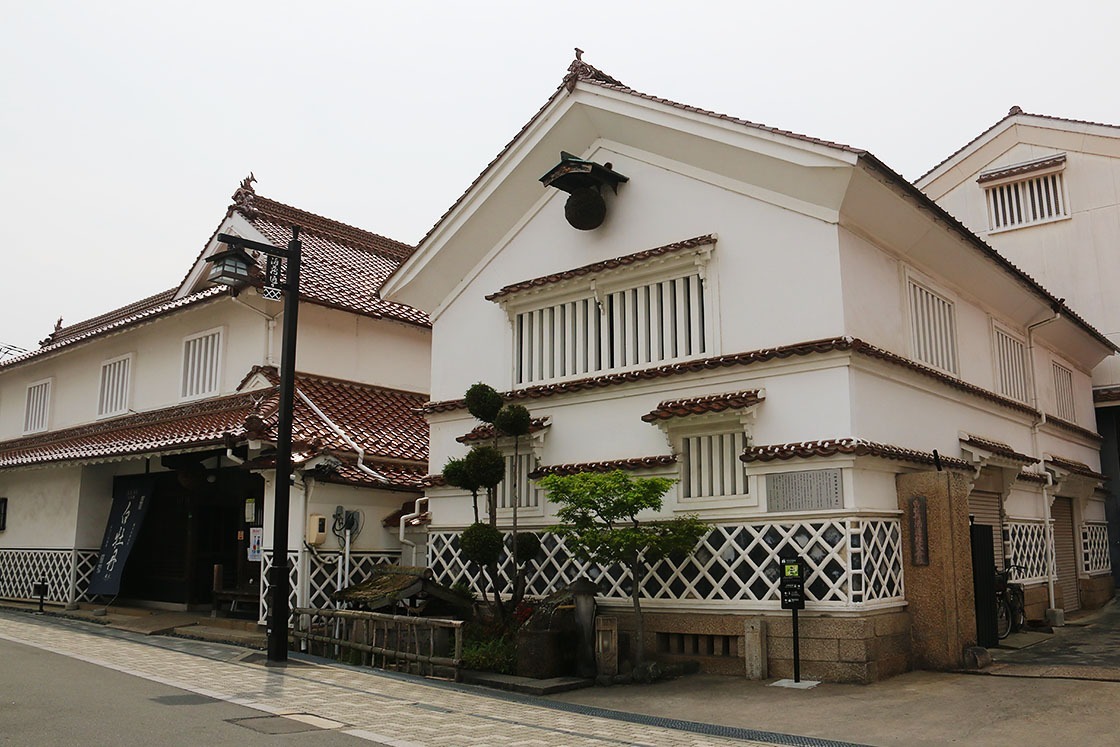
Today, there are seven breweries all within walking distance of Saijo Station, which fills the streets with the sweet smell of sake, especially during brewing season.
I started with lunch at France-ya, where I tried bishu nabe, a sake-based hotpot said to have been created by sake brewers as a working lunch. It has a light flavor so as not to interfere with the necessary work of sake tasting. So of course, I accompanied my lunch with a glass to test the theory, ordering one of their signature sake cocktails, the Kamotsuru Tonic. It was a perfect pairing, and the lemon made the cocktail very refreshing - it was hard not to order another! But I had to hold back, as my next stop was the very brewery the sake came from.
Kamotsuru Brewery was the first of the new wave of breweries to be built in the 1800s. Its main building has the characteristic long-and-thin format of Saijo breweries. These days, although you can't enter the current brewery itself, you can enter two of the older buildings which have been renovated into a museum and sake shop - with plenty of sake to choose from, and a bar counter for tastings.
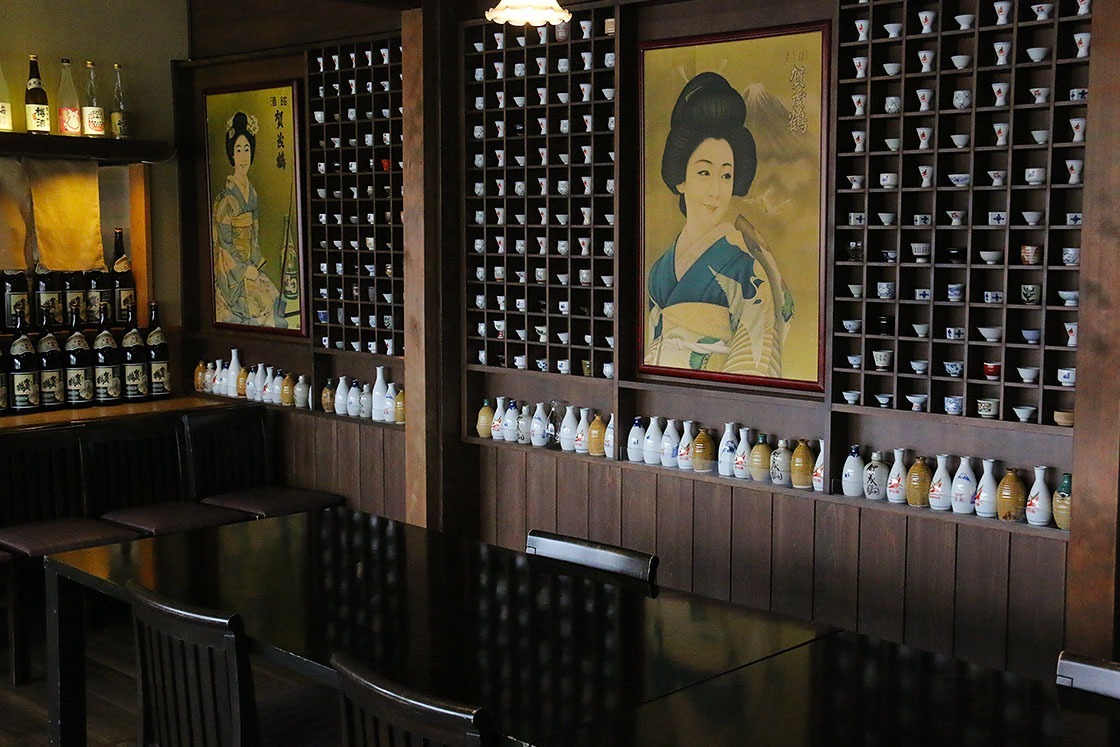
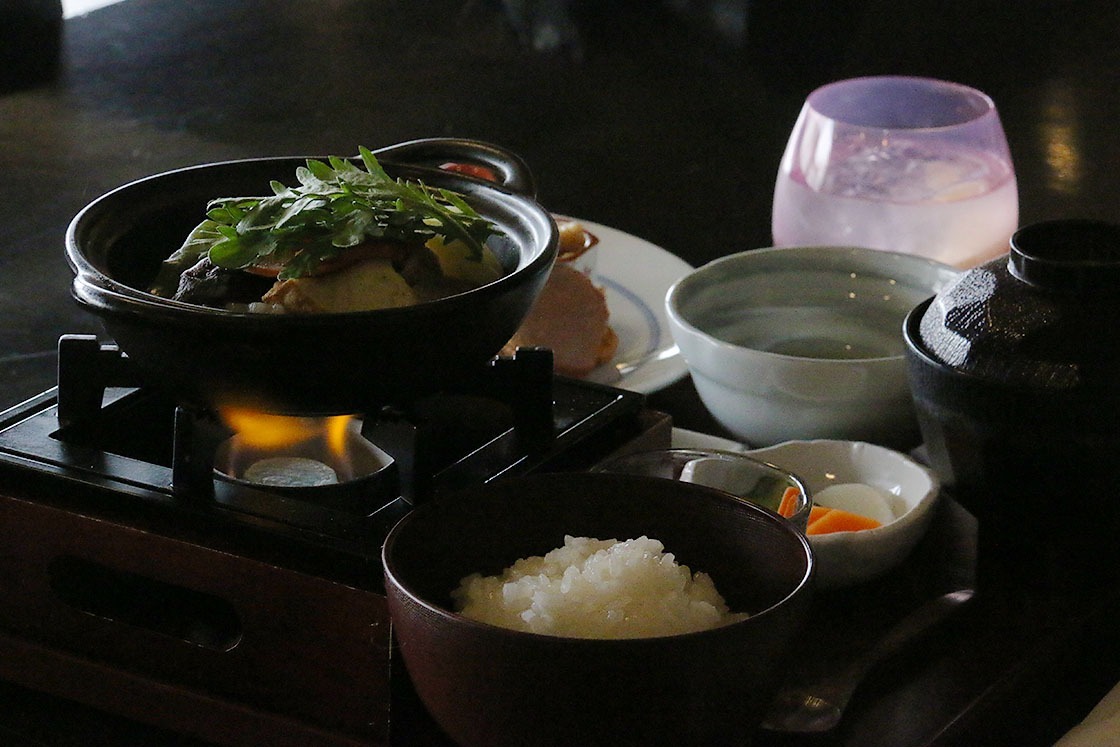
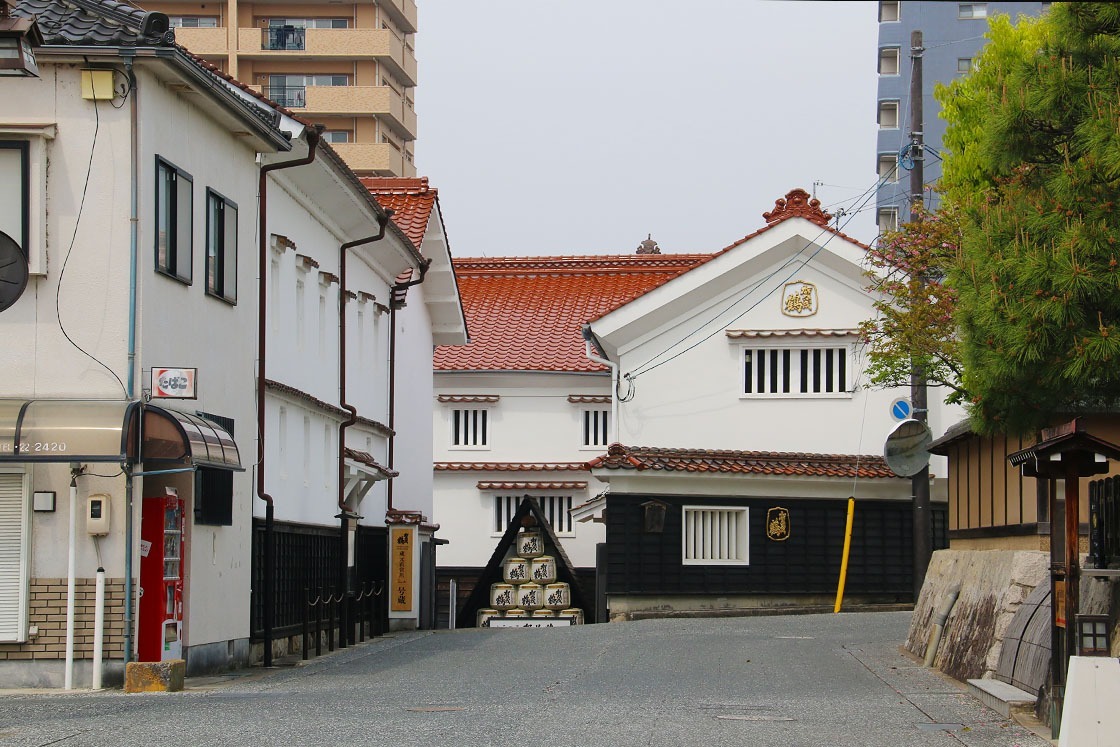
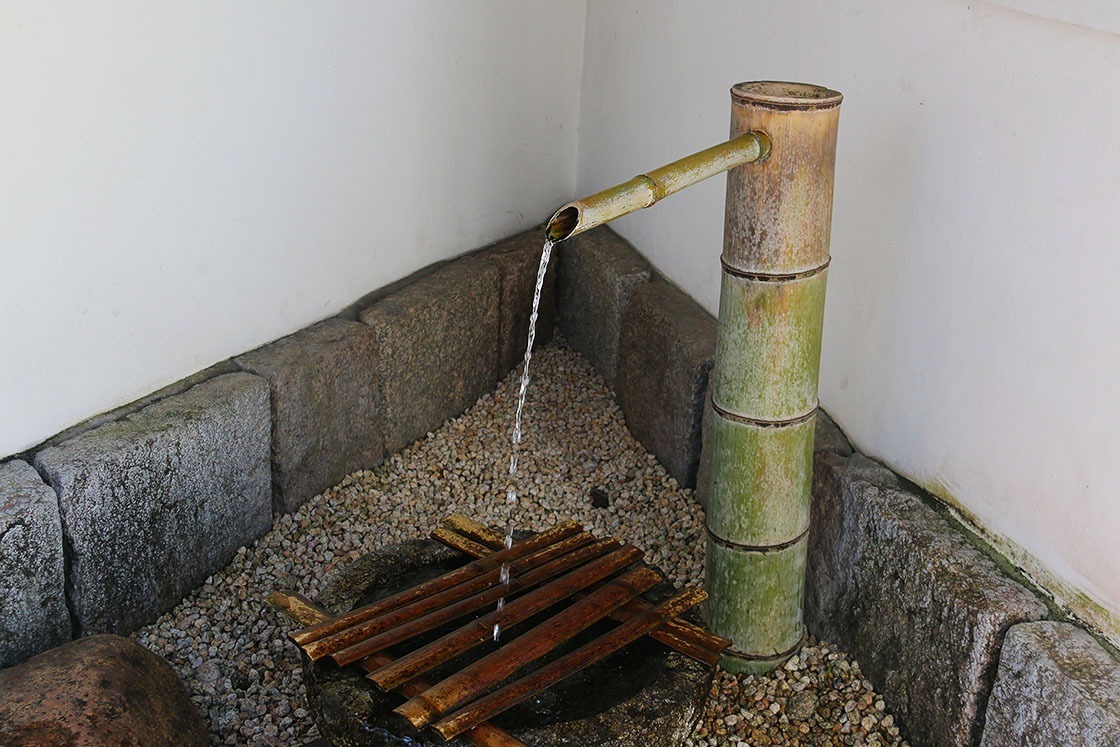
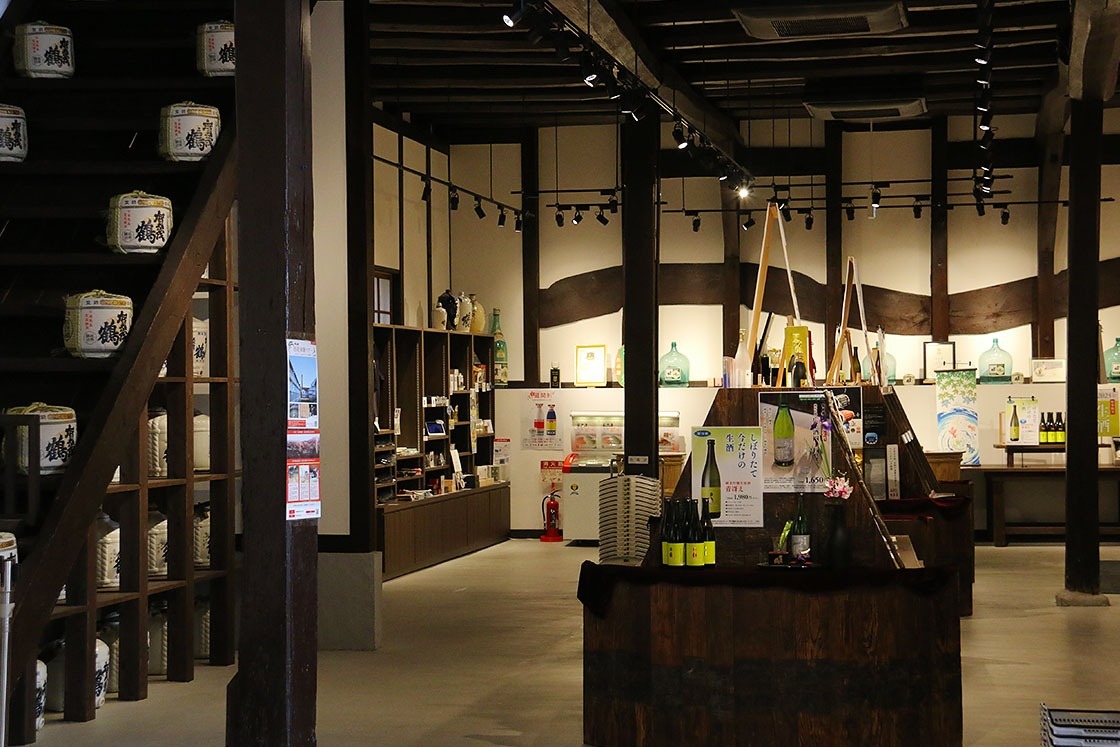
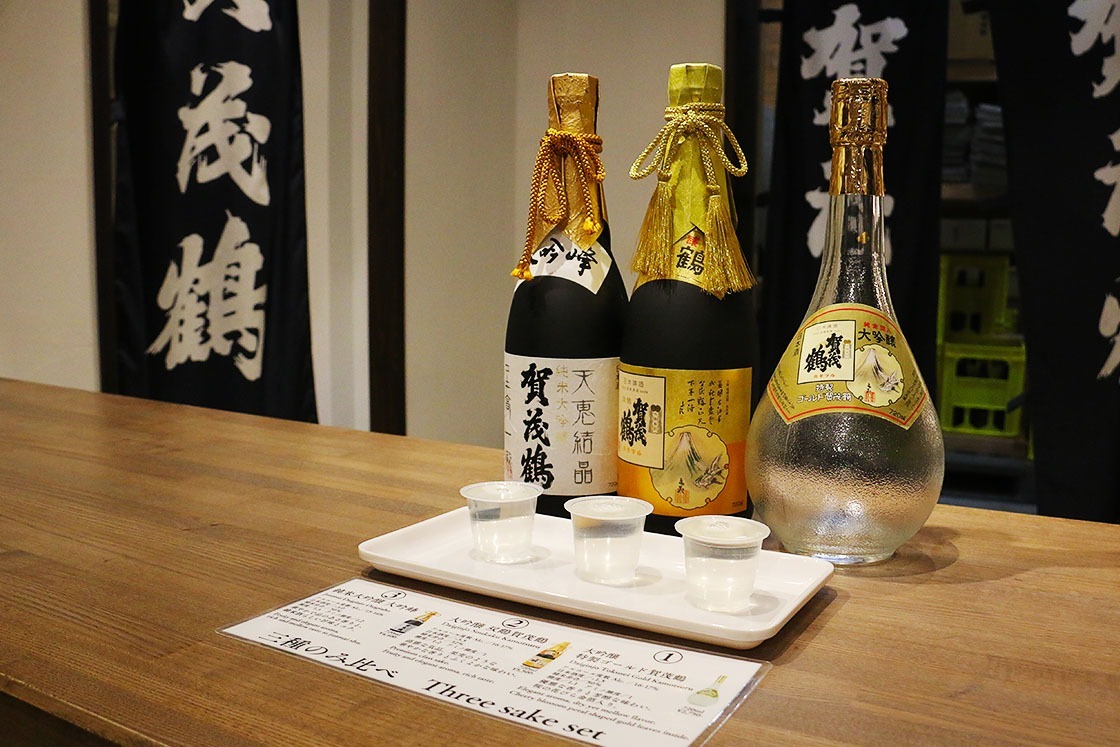
Something that I loved about Saijo is that there are lots of culinary spots getting creative with sake, like France-ya. You can get sweets and snacks made with local sake at various spots, so I chose to visit Mike Cacao, where their specialty is sake-filled chocolate truffles. They have seven different chocolates to match the seven Saijo breweries, plus a few more from Hiroshima breweries a little further out, each made to suit that sake's flavor profile.
I'll admit I had been intrigued by the concept, though concerned as I'm not usually one for alcoholic chocolates, but these were really delicious! The sake flavor was not too strong at all, and each had its own delightful taste. I ate at least four of them right then and there!
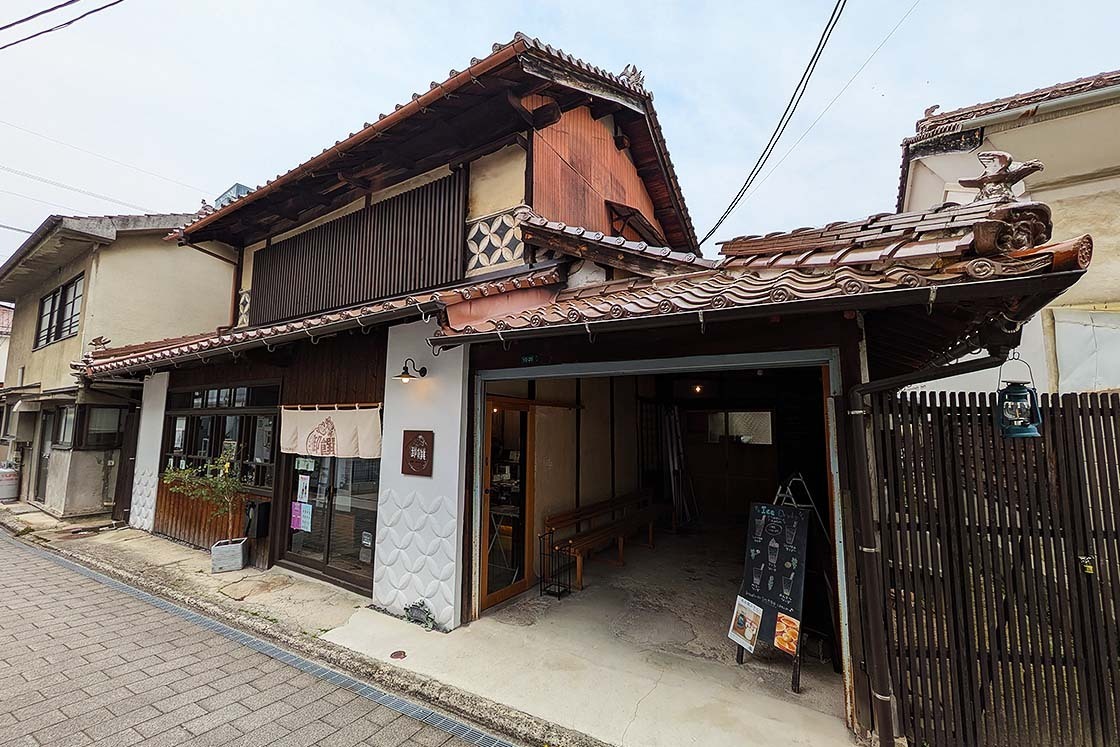
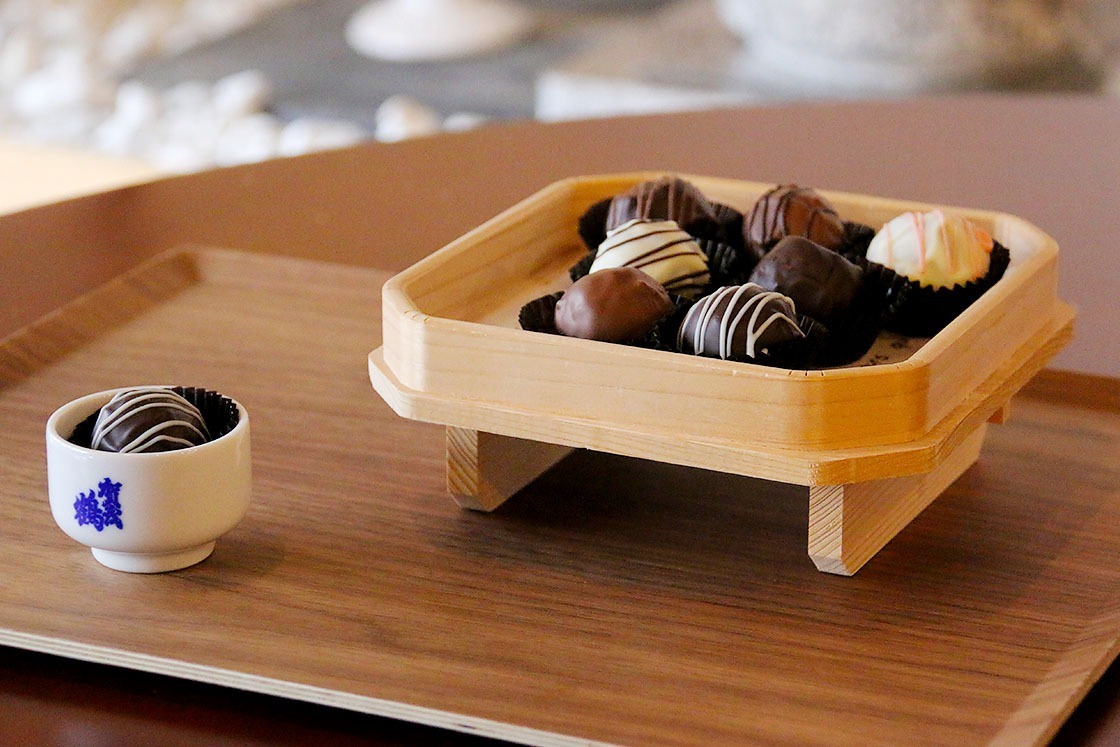
After filling myself with sake in so many different ways, I was glad I had booked a flight through Hiroshima Airport instead of having a long train journey ahead of me. After taking my bus to the airport, I was able to sit back and relax in the lounge before heading off.
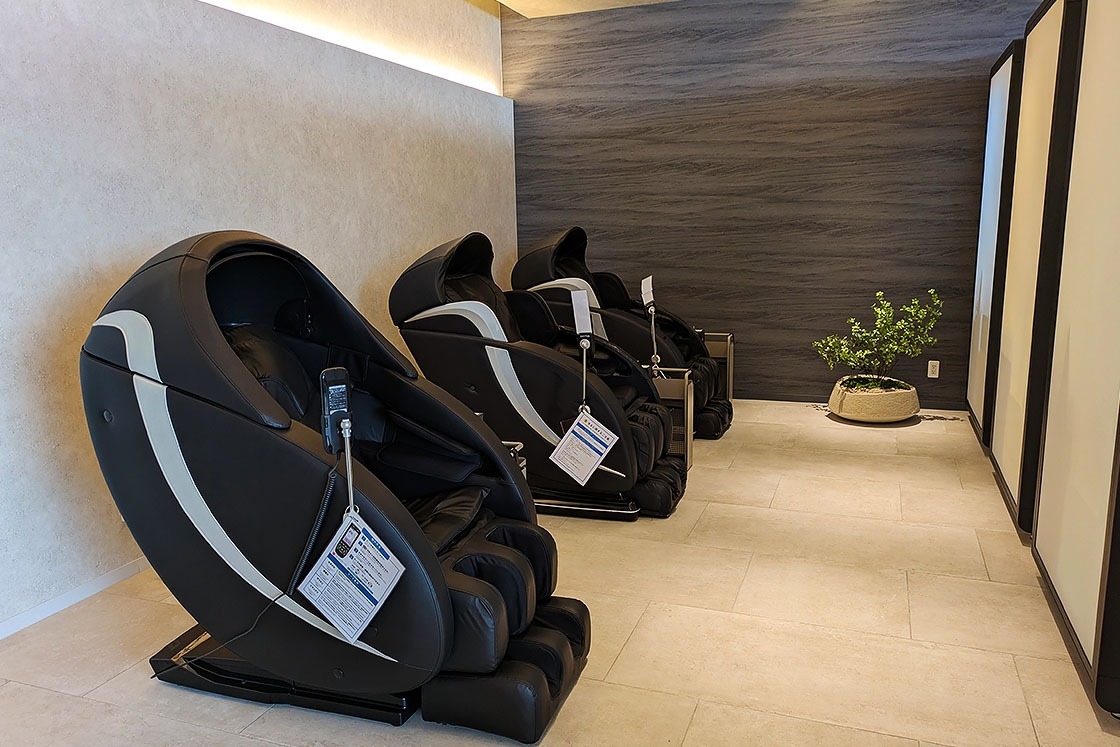
Access
For this trip, I came through Hiroshima Airport, which is connected by bus to this article's inland spots of Takehara and Saijo. There are over 10 flights per day from Tokyo's Haneda Airport, and some low-cost lines from Narita, either of which takes around 90 minutes.
From Hiroshima Airport, a bus to Takehara takes 25 minutes and costs 1,500 yen, while a bus to Saijo takes 25 minutes and costs 700 yen. There is also a car rental station, RENT-A-CAR.Port, with six different rental car companies to choose from. Other destinations covered in this article require transfers and a ferry ride.
